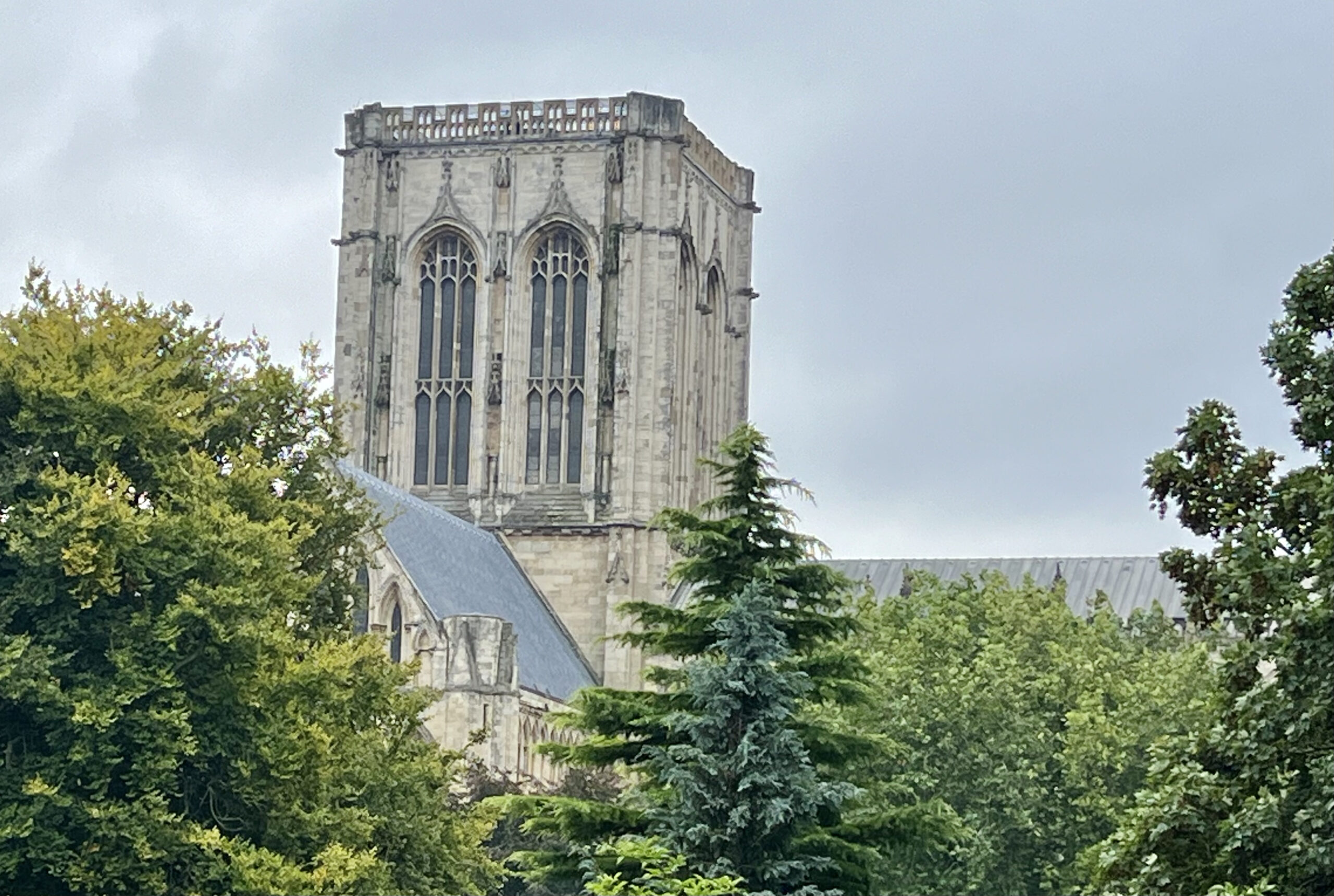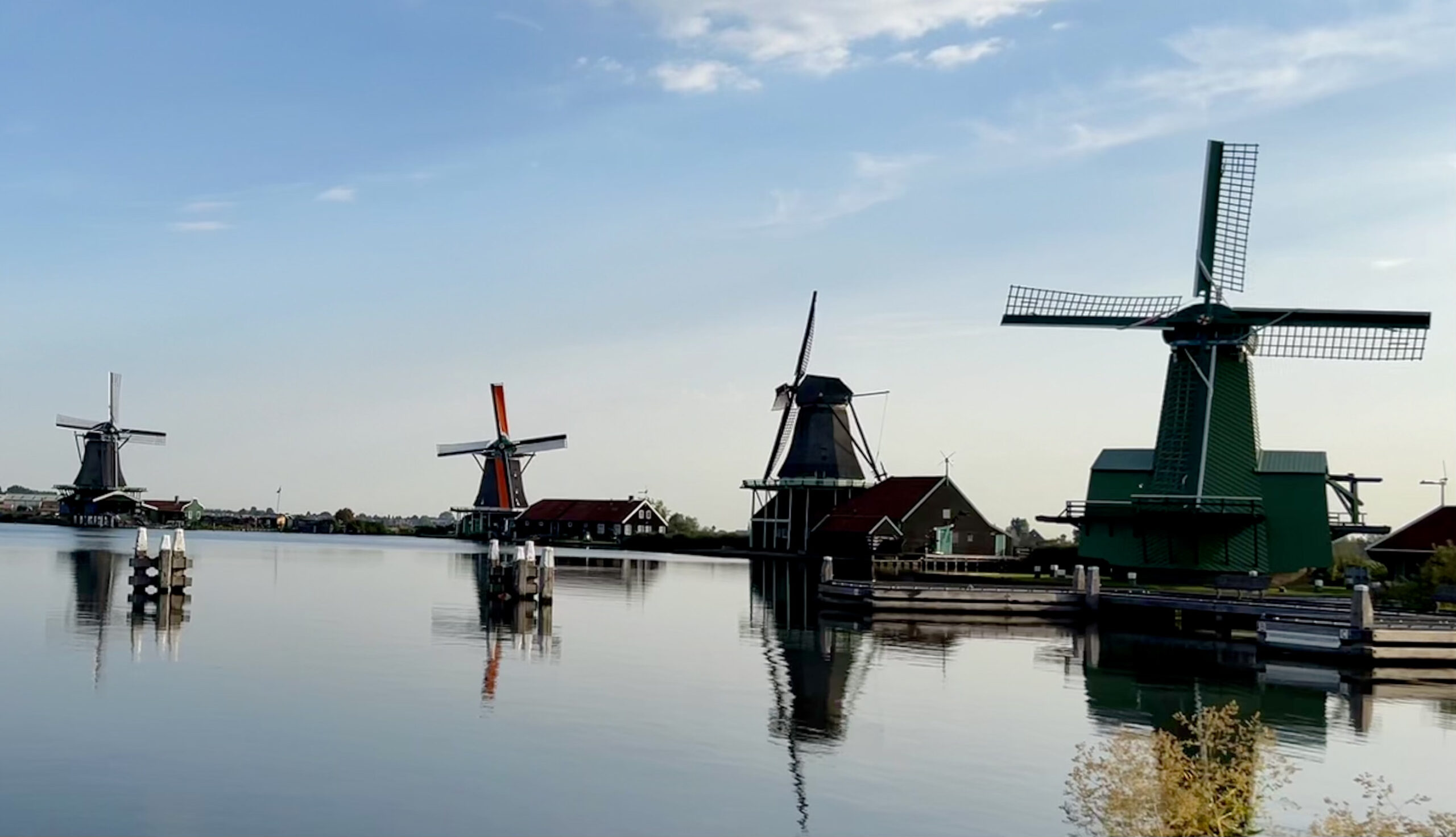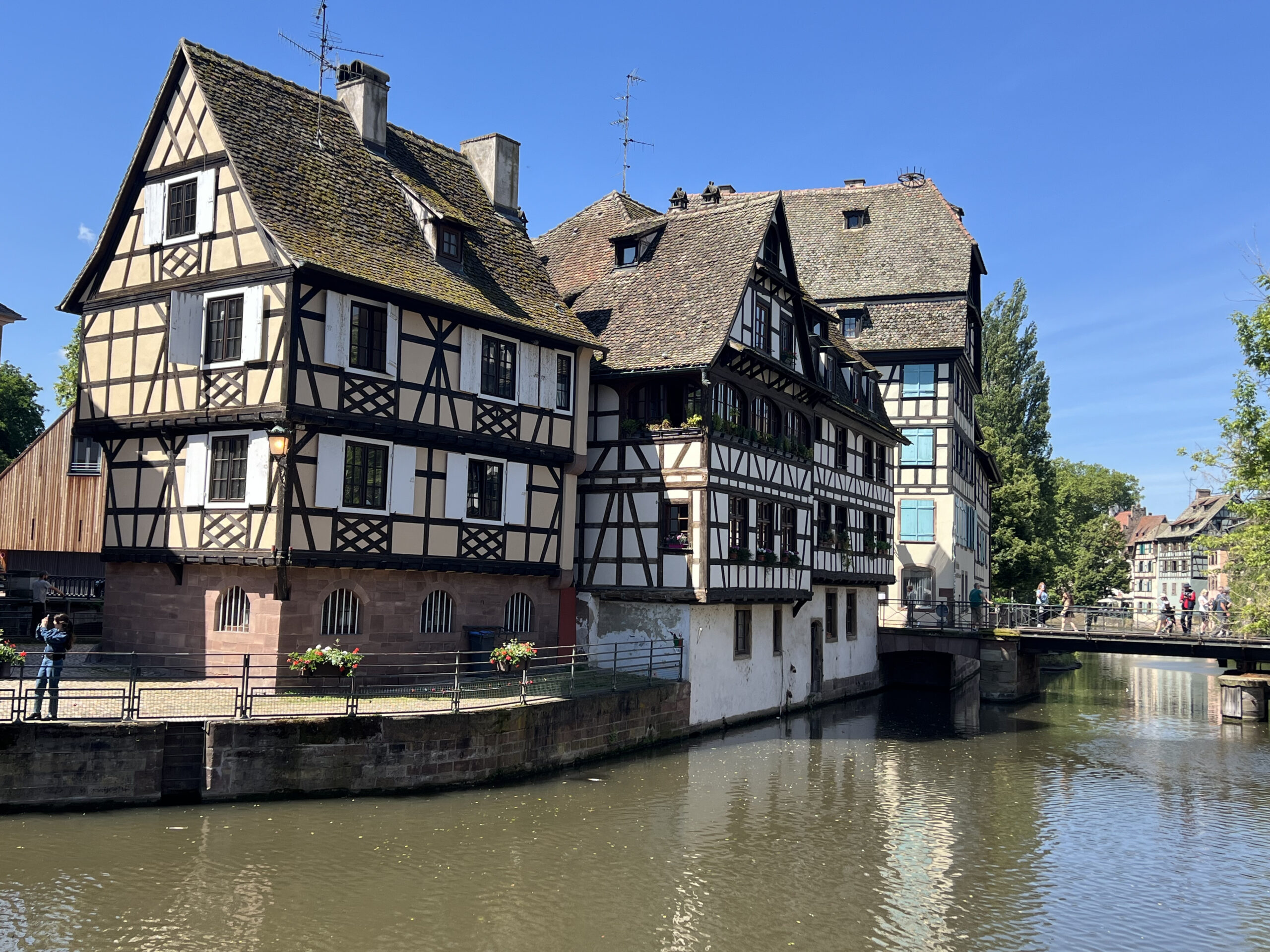Located in the heart of North Yorkshire, England. York is a city that lies on the Vale of York. A flat area of fertile arable land bordered by the Pennines on the west the North York Moors and the Yorkshire Wolds. The city lies on the confluence of the Rivers Ouse and Foss, on a terminal ,moraine left by the last ice age.
I consider York to be surprisingly affordable to visit compared to some other UK cities that are popular with tourists. Such cities include but are not limited to: London, Bath and Stratford-on-Avon. Providing you are mobile one way or another you should not have many problems walking around the within the City of York’s walls, in fact there is not much traffic within the walls except for merchants delivering goods and buses delivering tourists. The locals are usually very friendly and will assist you finding your way around. However, many of them have regional accents and dialects that may be difficult for you to understand.
History
York is steeped in more than 2,000 years of history, evolving from a Roman military base to a modern city. Althoughit is a city of the 21st century some of its historic character has been preserved making it a capitavating destination to visit.
Roman Legacy
In 71 AD, the Romans established a military base known as Eboracum on the site where the city now stands. The city’s strategic location at the confluence of the Rivers Ouse and Foss made it an ideal hub for trade and defense. Over the next three centuries, Eboracum flourished as an important Roman city, serving as the capital of Roman Britain during the reign of Emperor Constantius Chlorus.
One of York’s most notable Roman landmarks is the Roman Baths and the remains of the multangular tower—a defensive structure that still stands today.
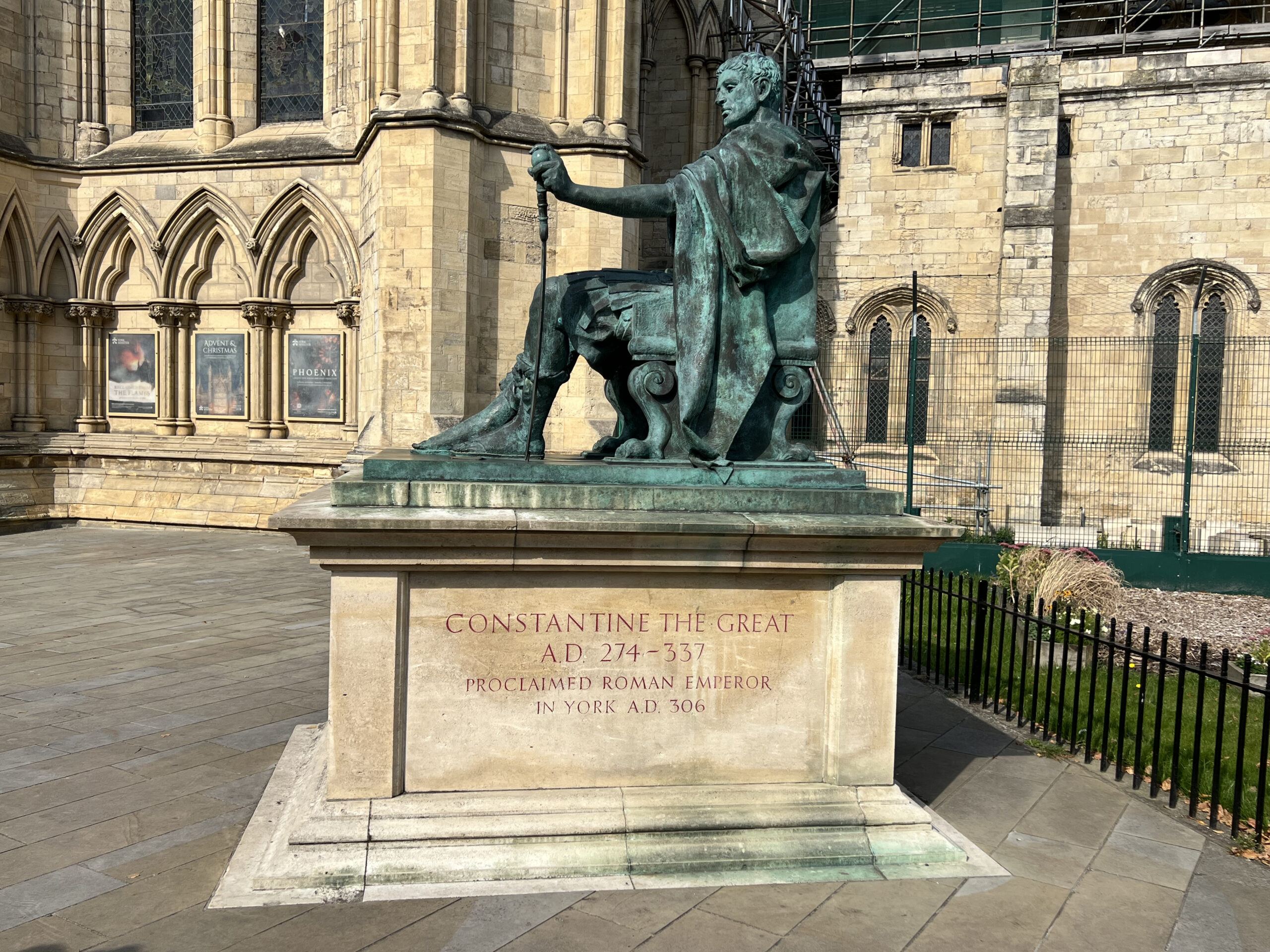
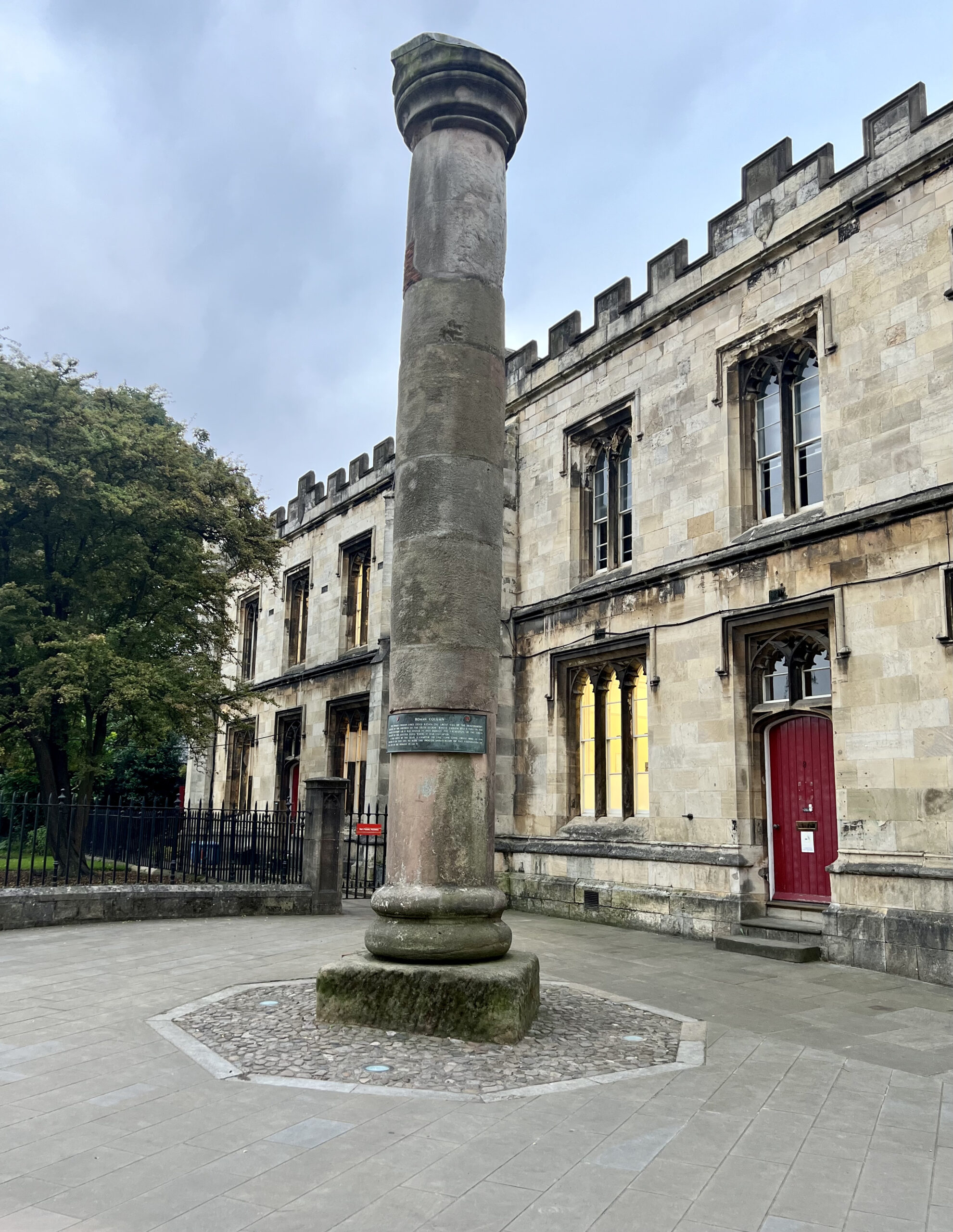

Viking Invasion and the Birth of Jorvik
After the Romans left Britain in the early 5th century, York went through a series of invasions and occupations, the most notable being the arrival of the Vikings. In 866 AD, the city was captured by the Vikings, who renamed it Jorvik—a name that echoes through the streets of modern-day York. Under Viking rule, the city became a major trading hub, renowned for its skilled craftsmanship and vibrant markets.
Medieval York
York’s medieval period is perhaps its most iconic, with the city becoming a significant political and religious center during the Middle Ages. The crown jewel of York’s medieval heritage is undoubtedly York Minster, one of the largest and most stunning Gothic cathedrals in Europe. With its towering spires, intricate stained glass windows, and awe-inspiring architecture, the Minster dominates the city’s skyline and is a must-see for any visitor. It took over 250 years to complete, with work continuing from the 13th to the 15th century, and it remains a testament to the skill and devotion of its medieval builders.
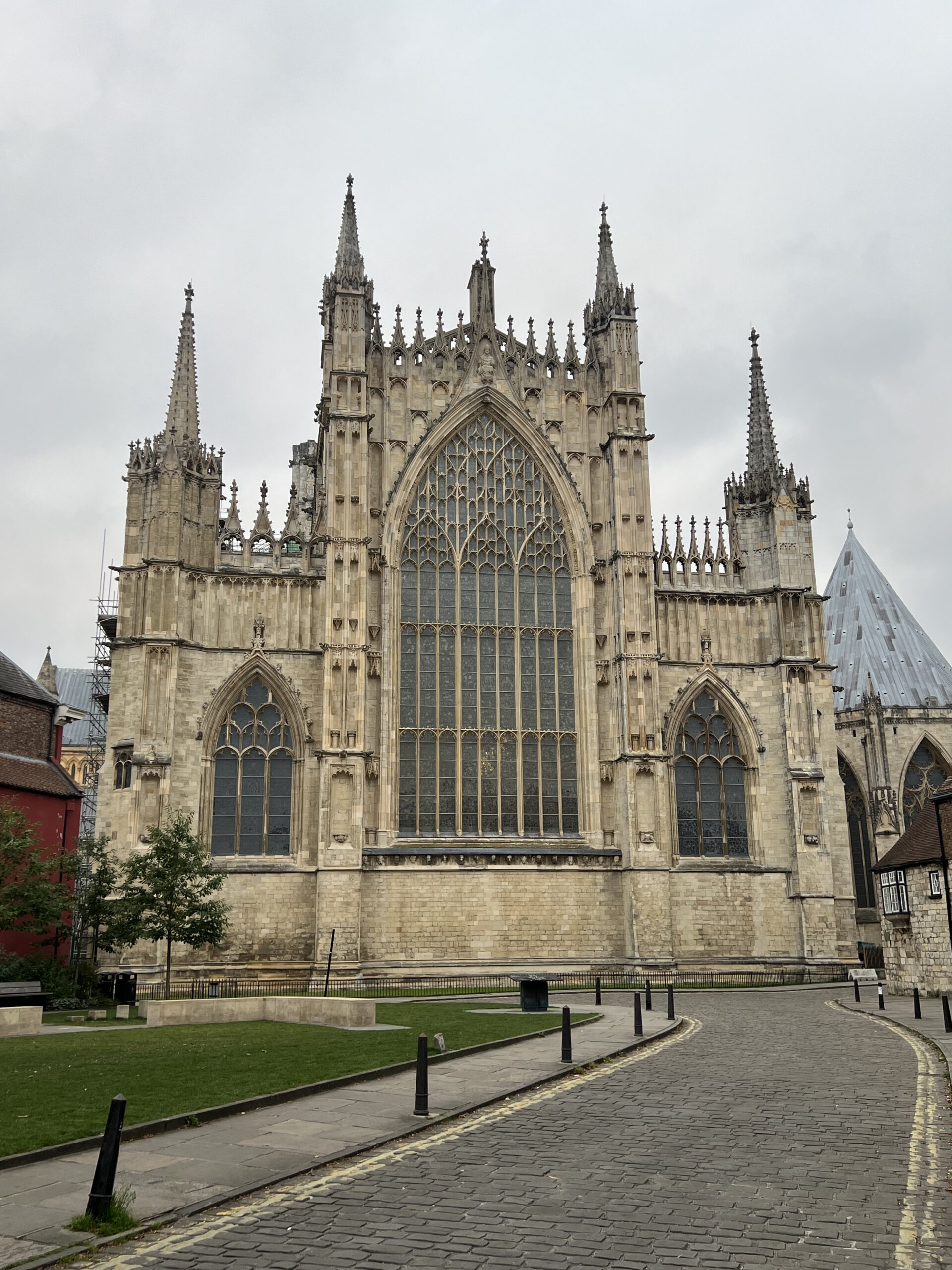
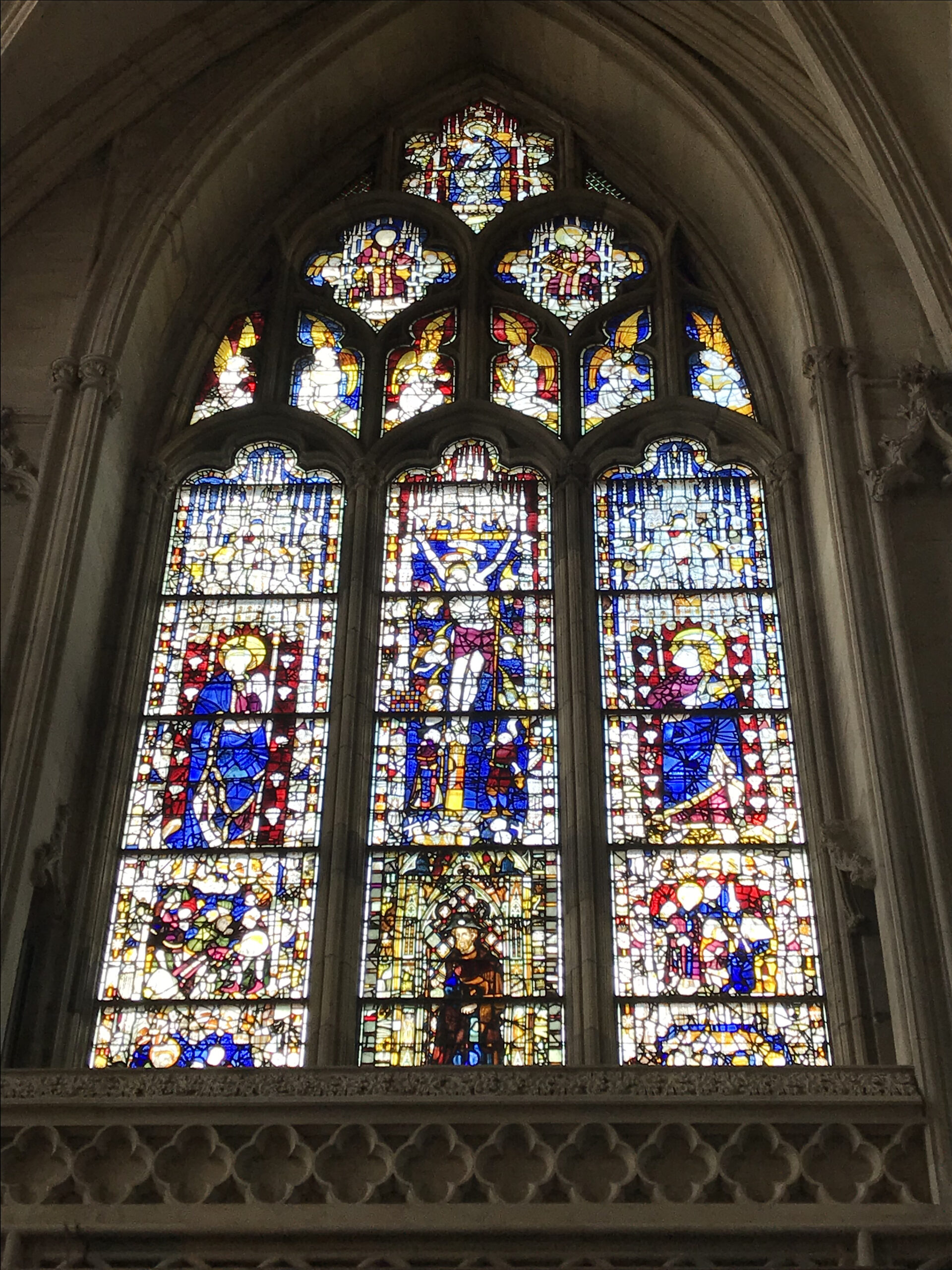
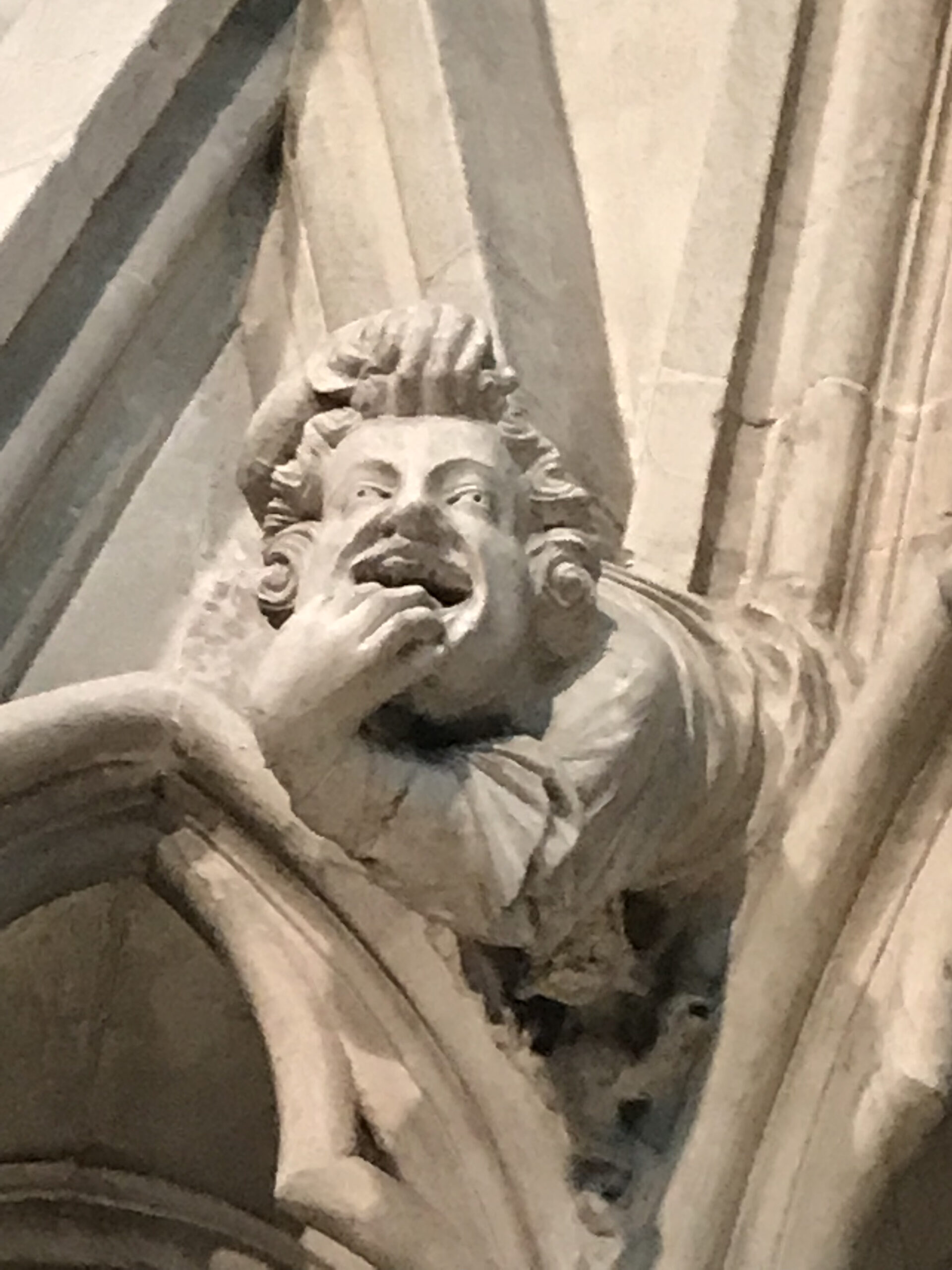
York’s medieval streets and alleyways are equally fascinating. The city’s narrow, cobbled streets, such as The Shambles, are perfect examples of the medieval architecture that has been preserved for centuries. The Shambles, have overhanging timber-framed buildings in some with hooks from which newly slaughter meat would hang. The Shambles is often cited as one of the best-preserved medieval streets in Europe. It is a picturesque labyrinth of shops, cafes, and boutiques, offering a glimpse into York’s medieval past.
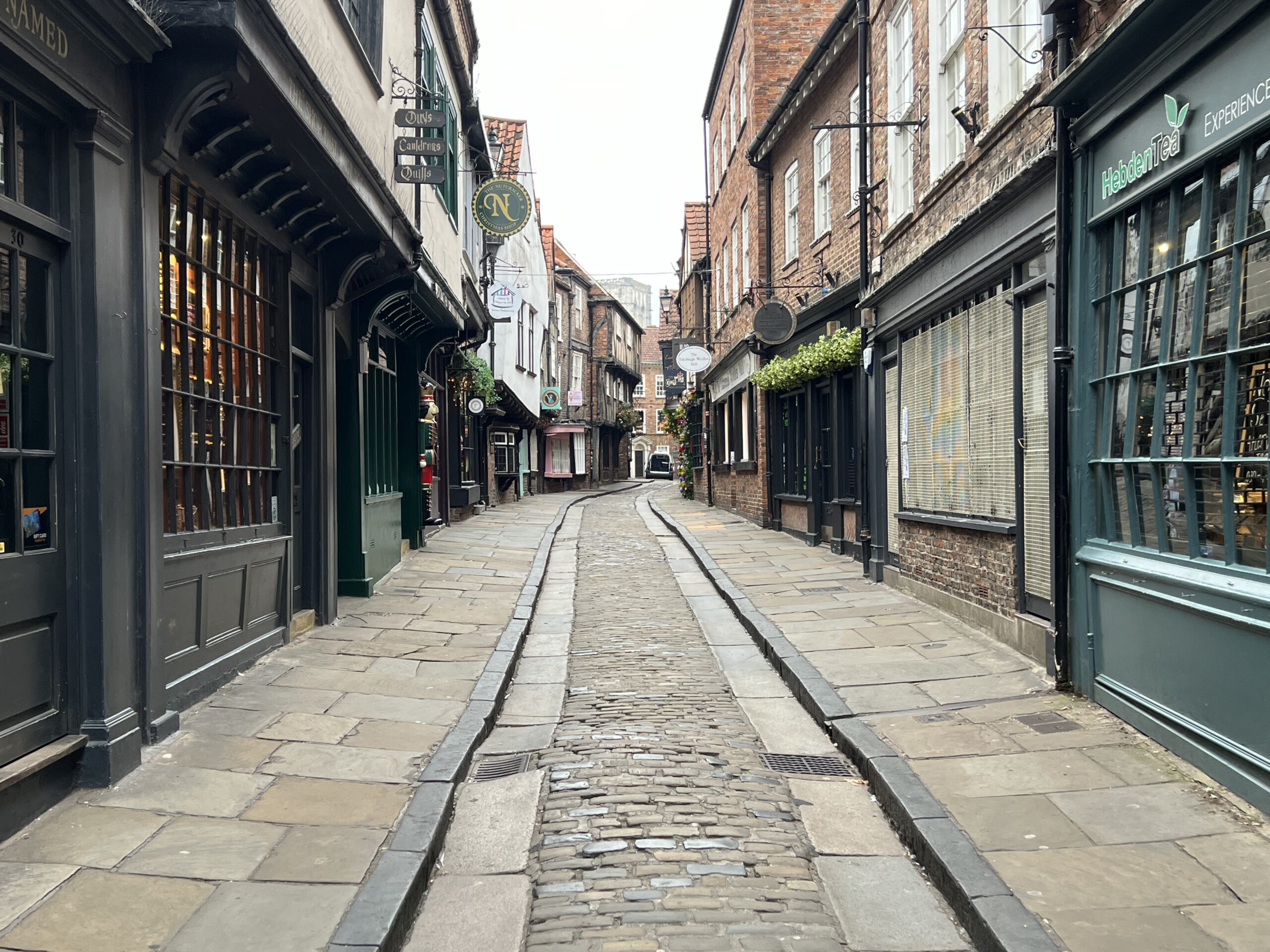
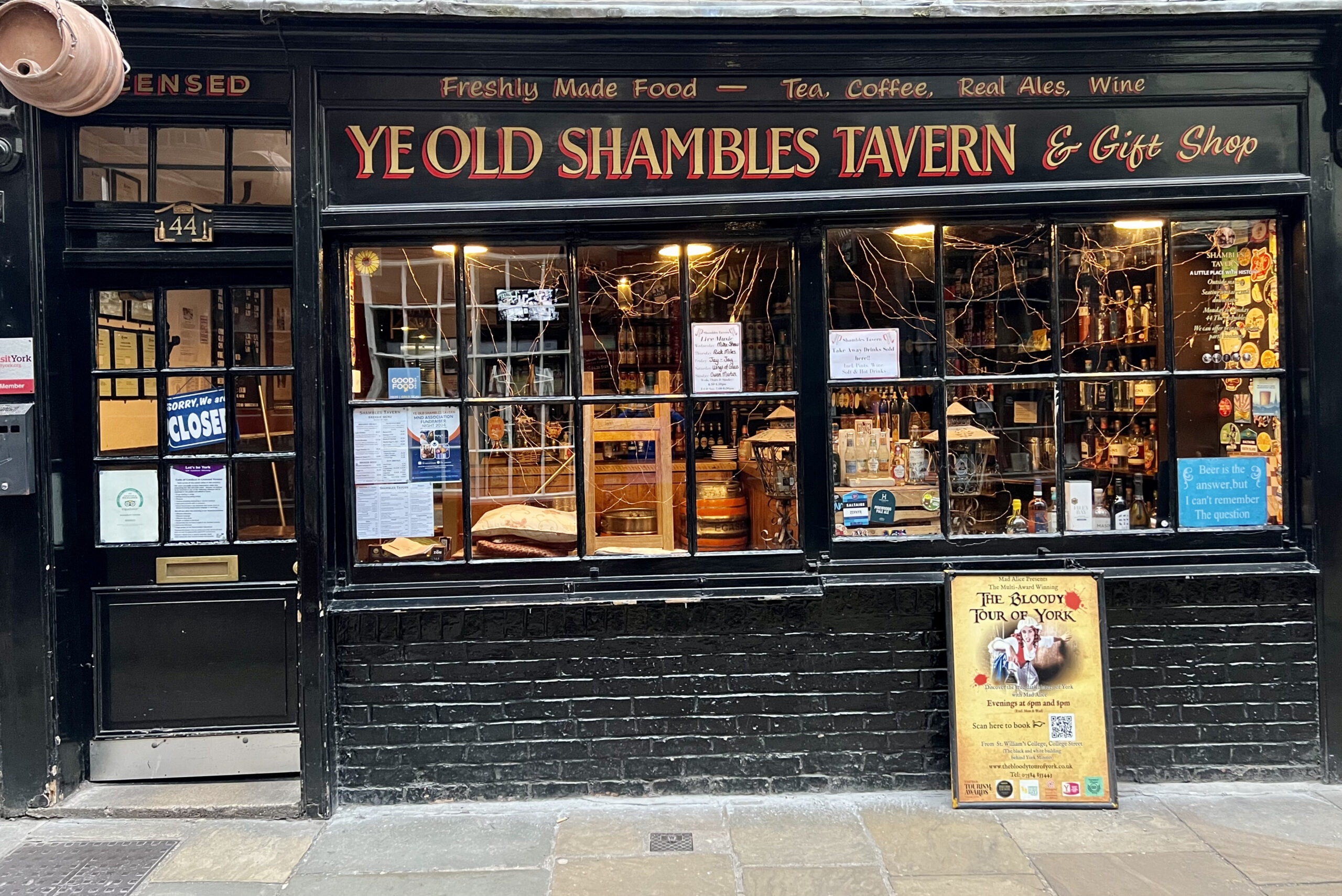
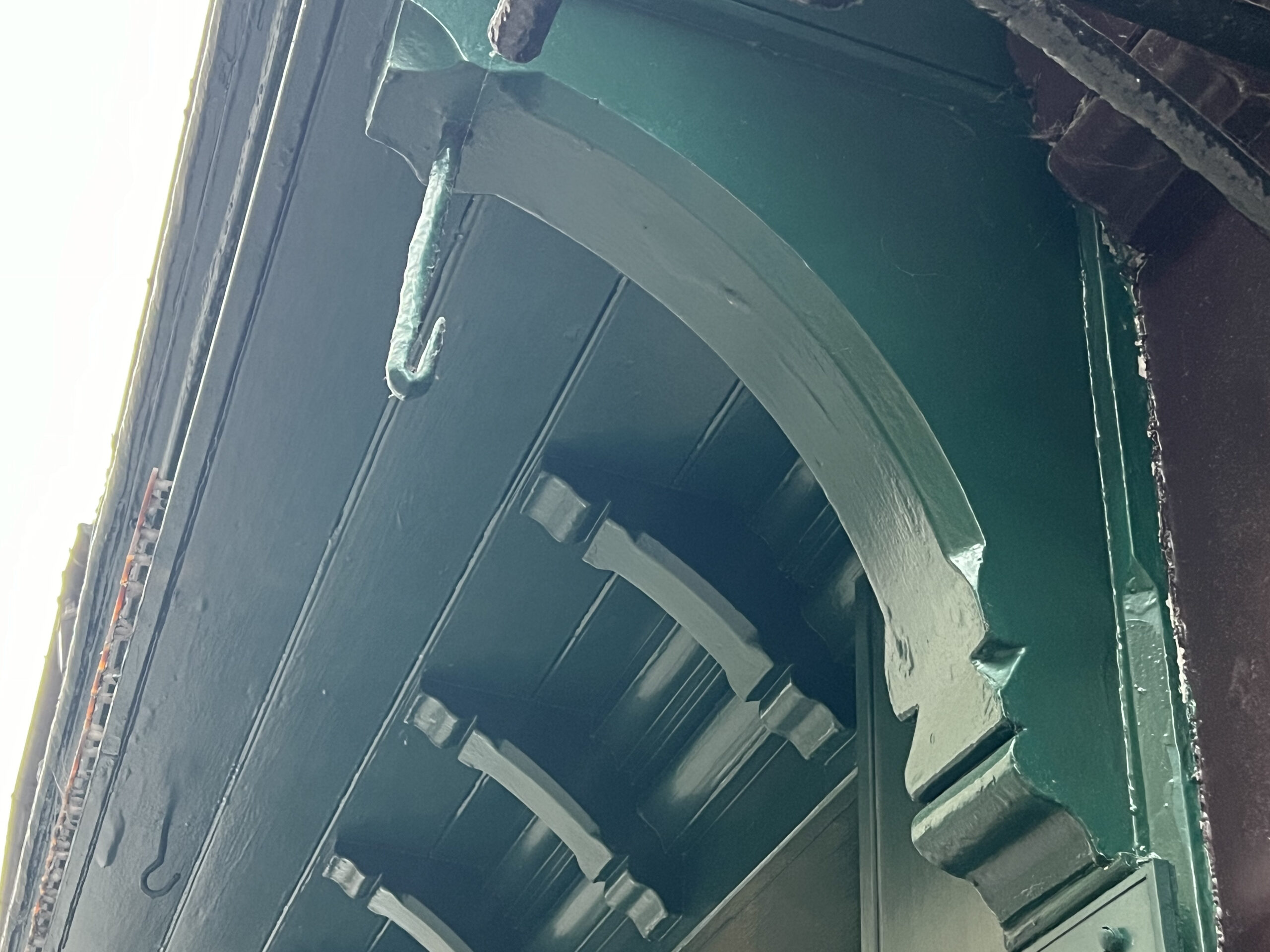
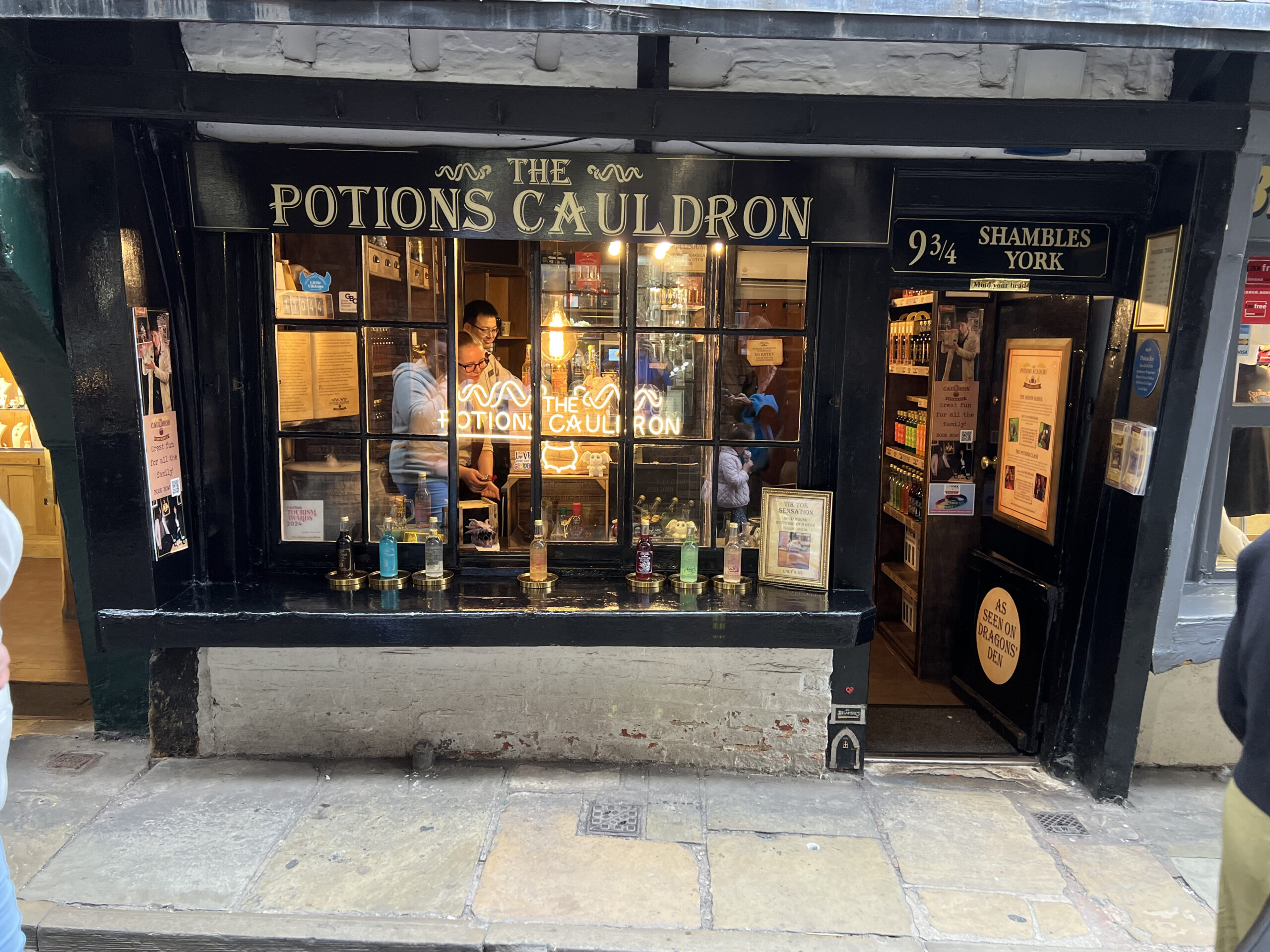
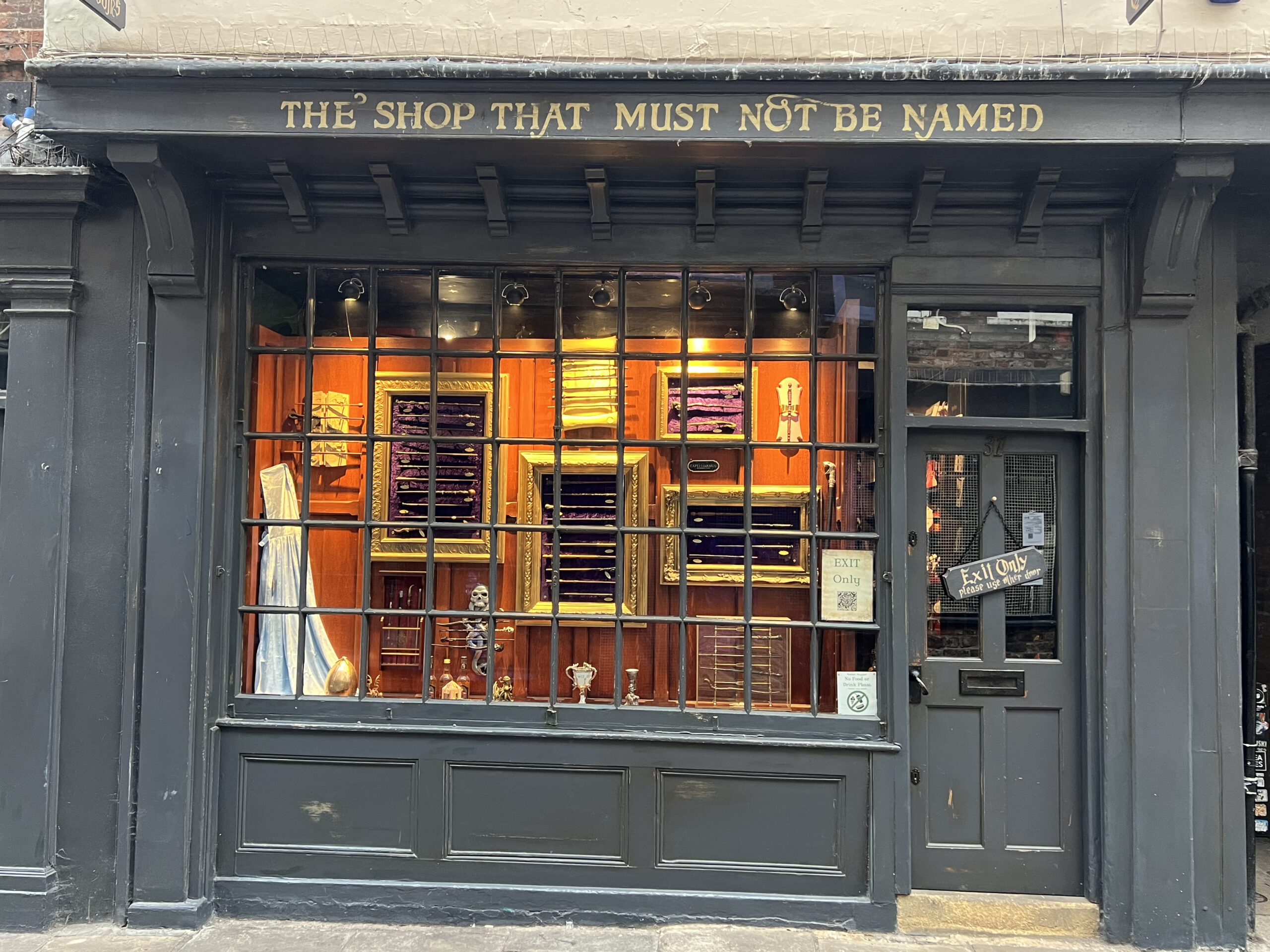
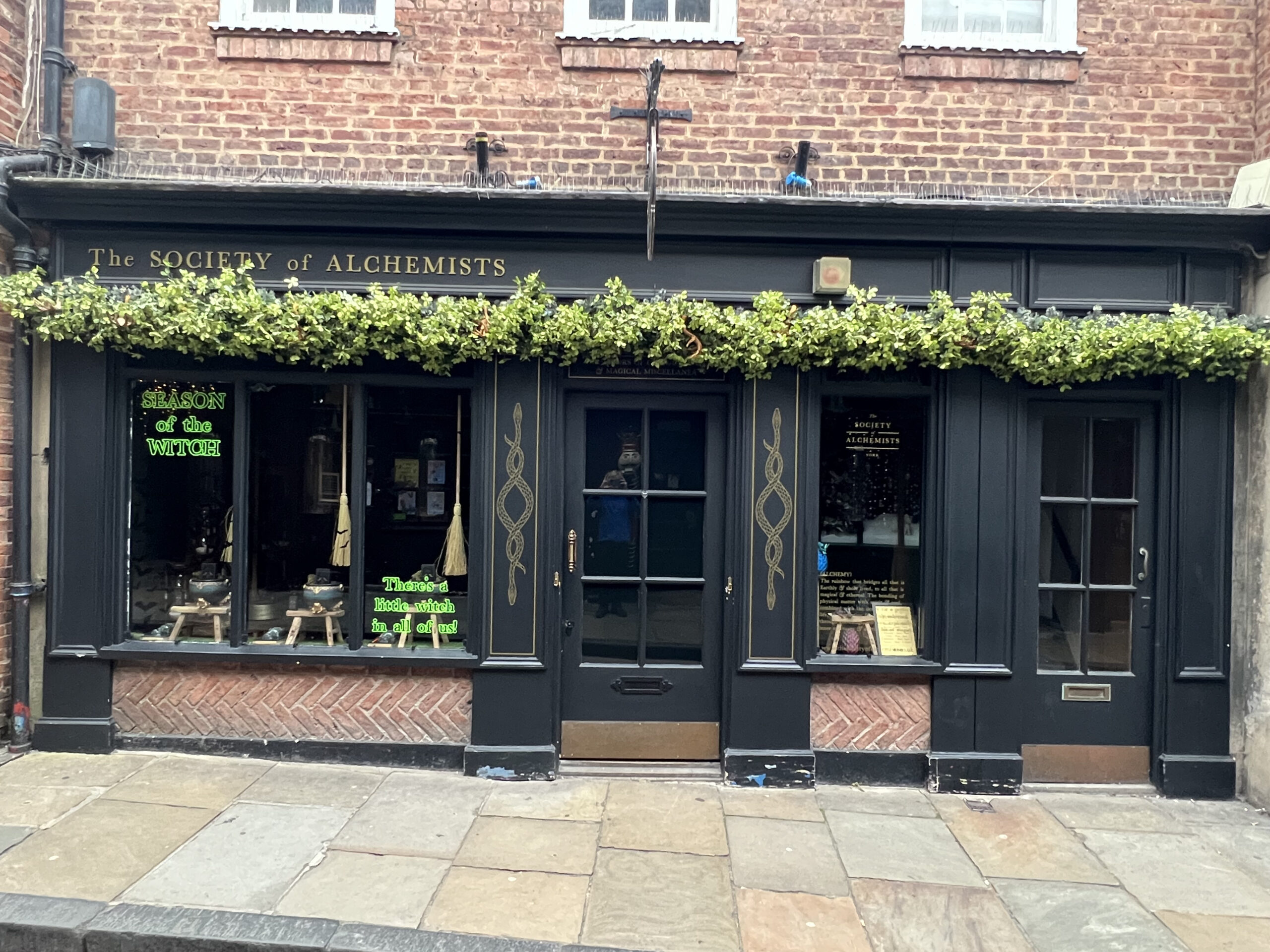
The York City Walls are another essential part of the city’s medieval heritage. Stretching for almost two miles, the walls are among the best-preserved in England and offer a chance to walk along the same fortifications that once protected the city from invaders. Along the way, visitors can stop at various gates known as Bars, such as Bootham Bar and Micklegate Bar, which once served as the main entrances to the city.

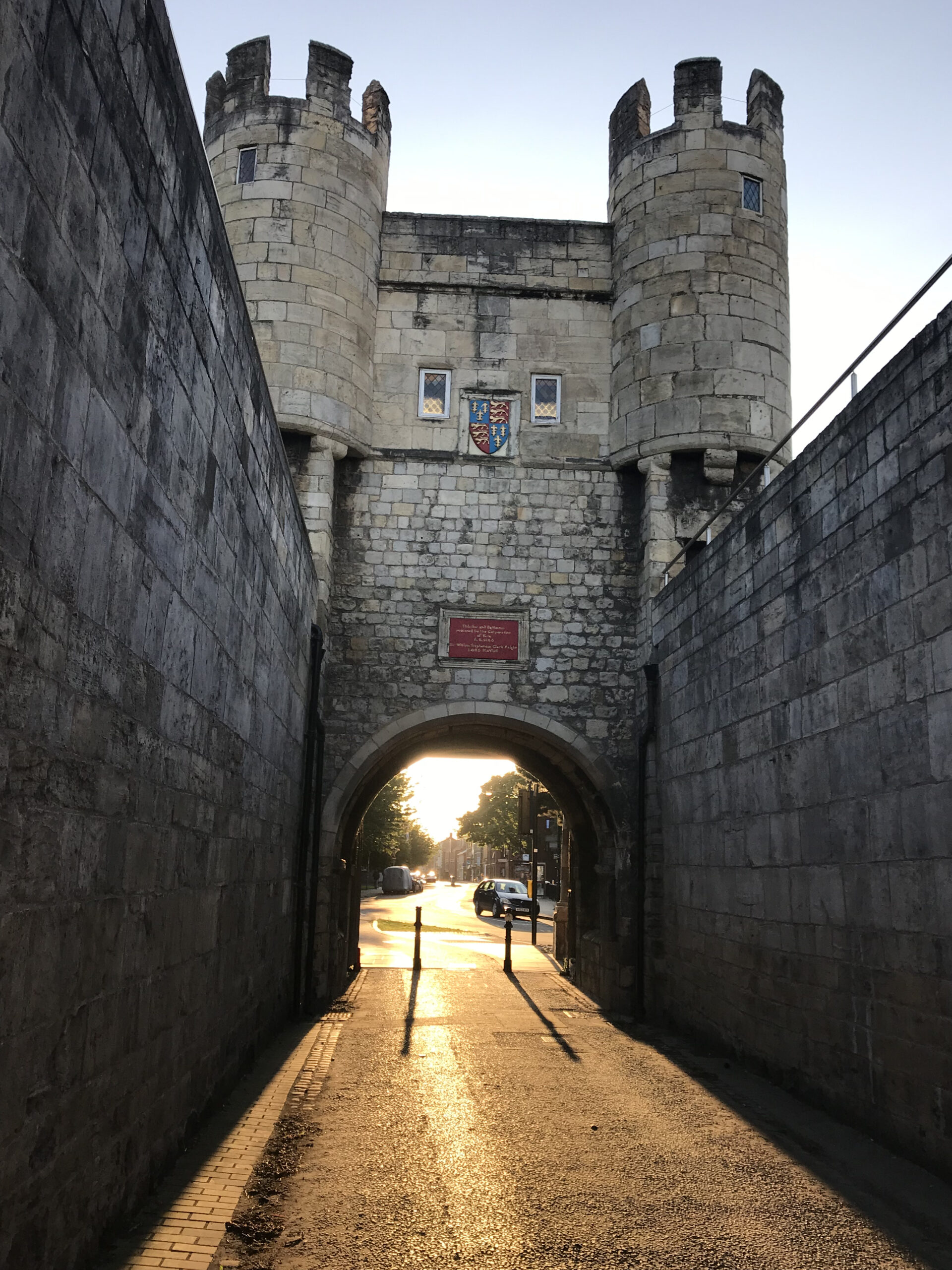
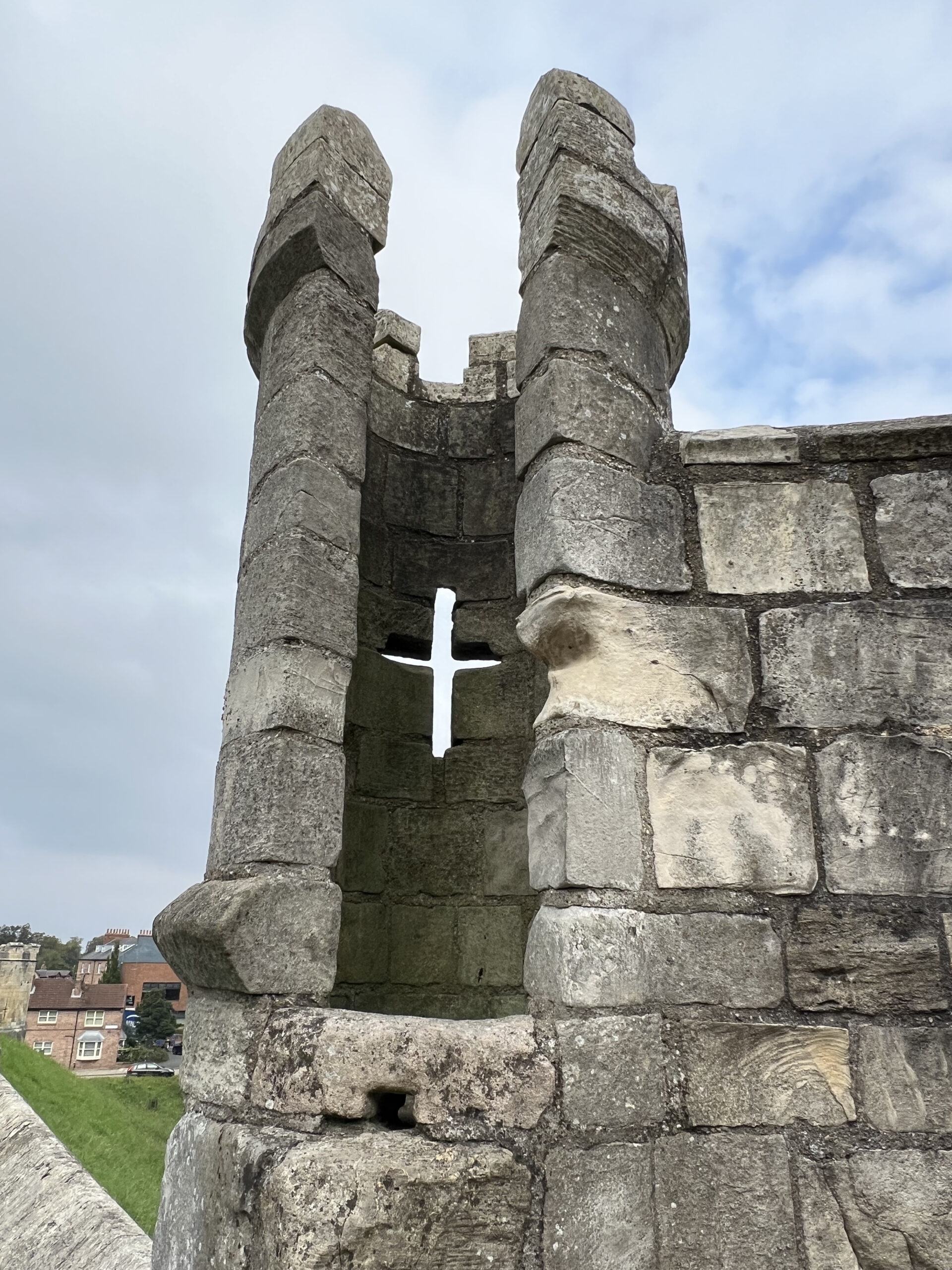
Attractions to Visit
The list below is in no particular order.
The Yorkshire Museum houses an impressive collection of Roman artifacts, including statues, inscriptions, and even a section of the city walls, which have remained largely intact since their Roman construction.
To learn about the Viking era, a visit to the Jorvik Viking Centre is a must. This interactive museum transports visitors to the bustling streets of Viking York, with reconstructed buildings, life-like figures, and even the scent of the era. The museum also features an impressive collection of Viking artifacts, including tools, weapons, and personal items unearthed from archaeological digs in the area. I learnt more about Viking lifestyle and battles from visiting the Jorvik Viking Center than I did spending more than a week in Norway, Denmark and Sweden.

For anyone interested in medieval history Minster is absolute highlight attraction for more information please referplease refer to the commentary above.
For history lovers, the National Railway Museum offers an in-depth look at the role of trains in shaping modern Britain, and best of all it’s free admission. The museum’s vast collection includes iconic locomotives, including a replica of Stevenson’s Rocket the first locomotive, Flying Scotsman,and Mallard. Interactive exhibits allow visitors to learn about the evolution of the railway network that was an integral part of the British industrial revolution and its impact on the country and eventually the world.
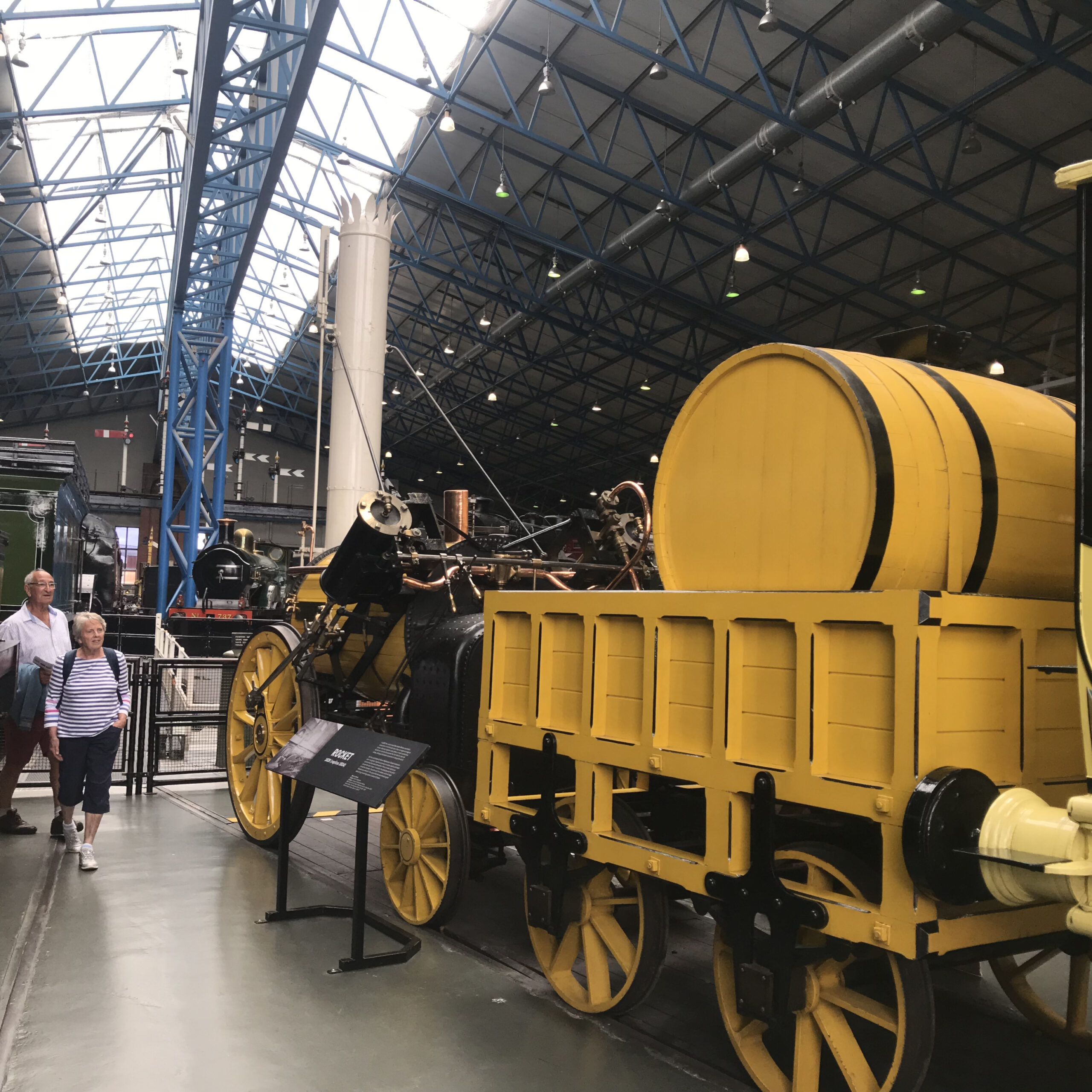


Clifford’s Tower is the only surviving structure from York Castle .Originally It was a timber structure built on on raised earthwork that dated back to Norman times, having been built by William 1st (William the Conqueror). The original timber structure was the site of one of the worst anti-semitic massacres of the Middle Ages in 1190. The city’s entire Jewish community was trapped by an angry mob inside the tower of York Castle. Many members chose to commit suicide rather than be murdered or forcibly baptized by the attackers. The story of England’s Jewish population is worth while reading about if you are interested.

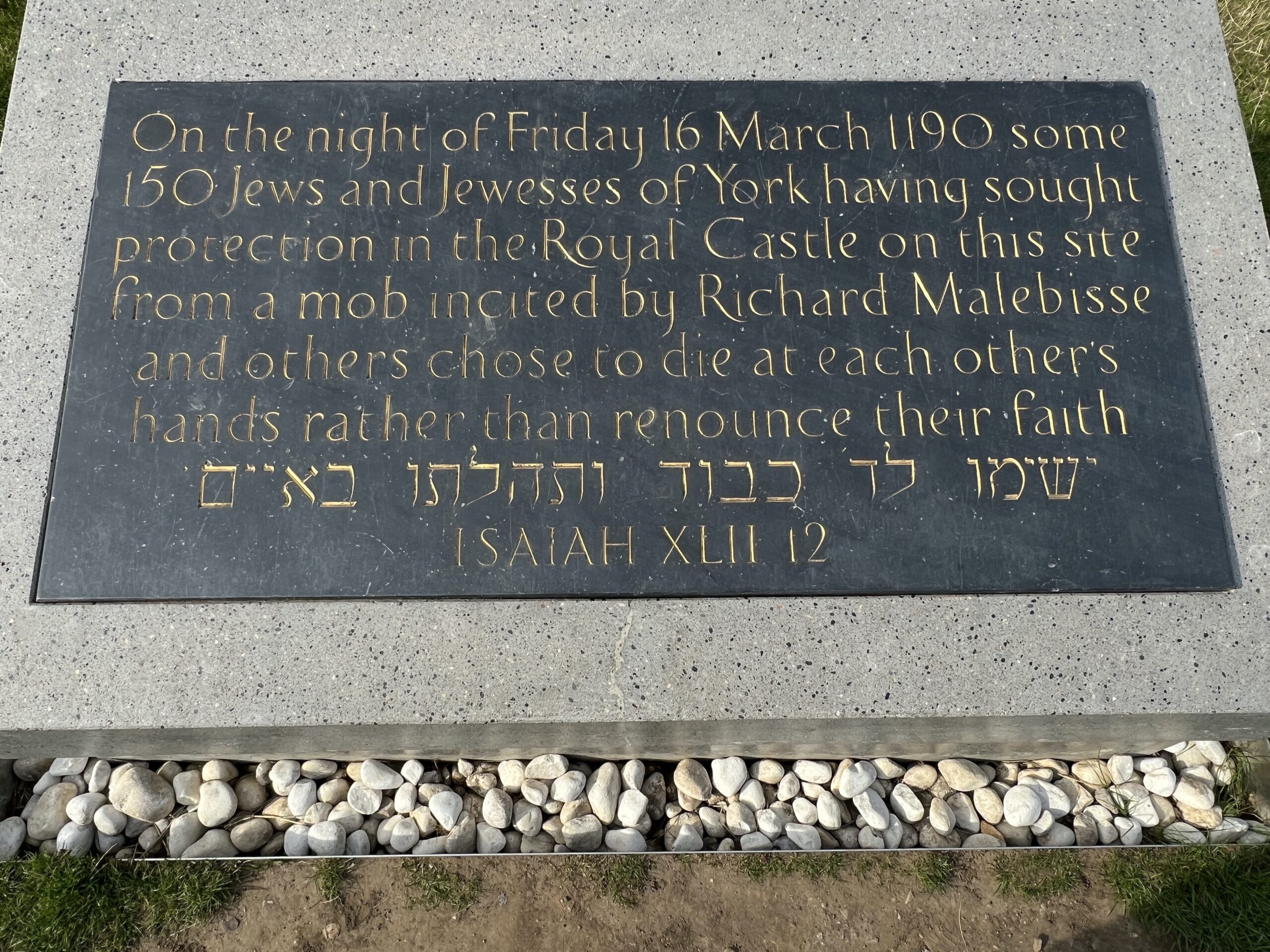
Festivals and Events
York is a city that knows how to celebrate, and throughout the year, it hosts a variety of festivals and events that reflect its diverse heritage. York Mystery Plays, a cycle of medieval religious dramas performed in the city’s streets, is one of the most famous. Performed every four years, the plays trace the story of the Bible from creation to the last judgment and are a vibrant testament to York’s medieval traditions.
The York Festival of Ideas, held annually, is a celebration of culture, science, literature, and history, with lectures, workshops, and performances aimed at inspiring curiosity and learning. Similarly, the York Food and Drink Festival showcases the city’s culinary scene, with local produce, international flavors, and a wealth of gastronomic experiences to sample.
York’s Unique Charm
Beyond its historical and cultural attractions, York possesses a unique charm that attracts visitors. The city’s combination of ancient history, modern vibrancy, and natural beauty creates a sense of timelessness that is hard to find elsewhere. Whether strolling along the River Ouse, exploring the leafy Museum Gardens, or enjoying a leisurely afternoon in one of the city’s many pubs or cafes, York provides a perfect balance of relaxation and discovery.
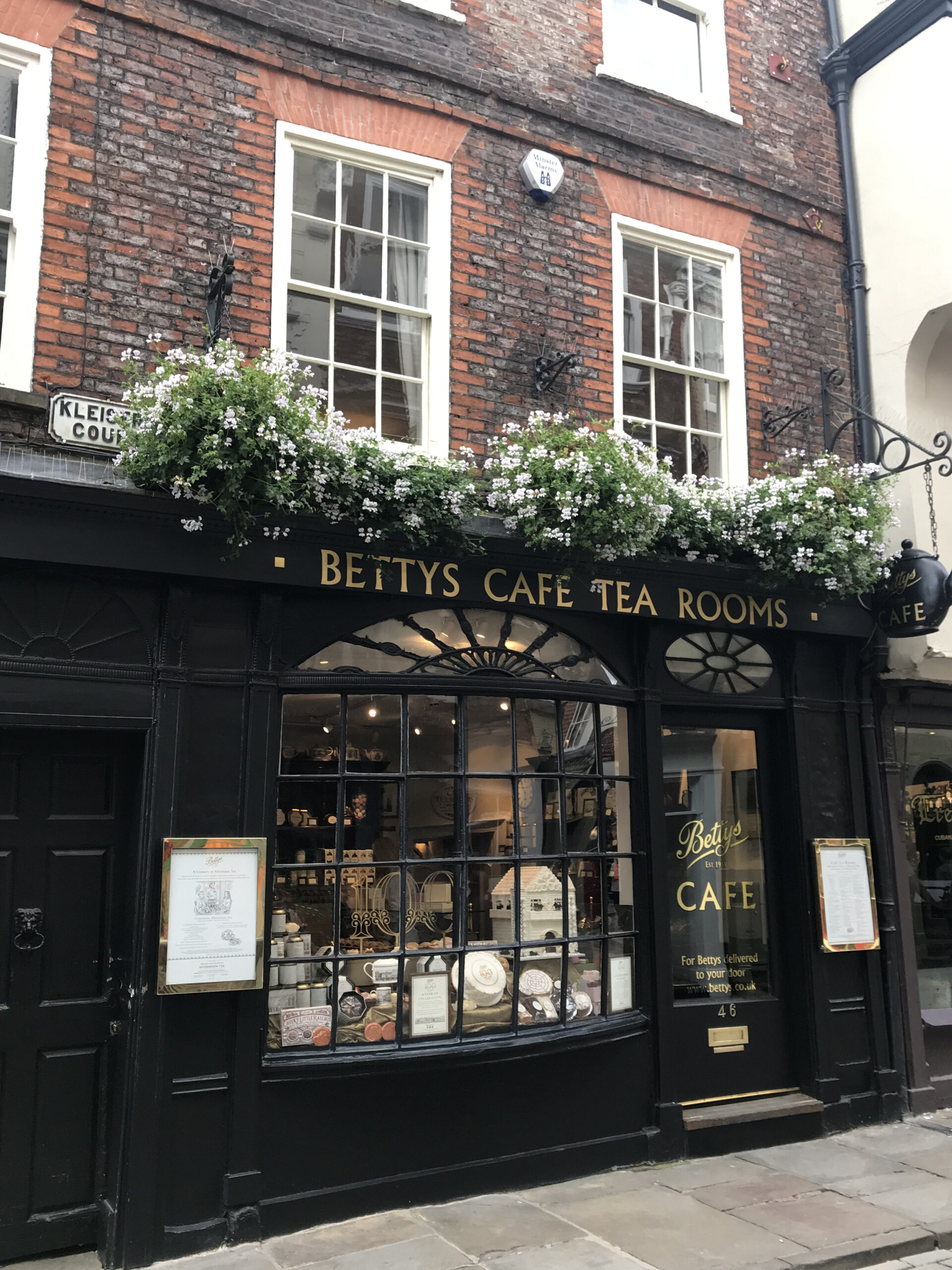
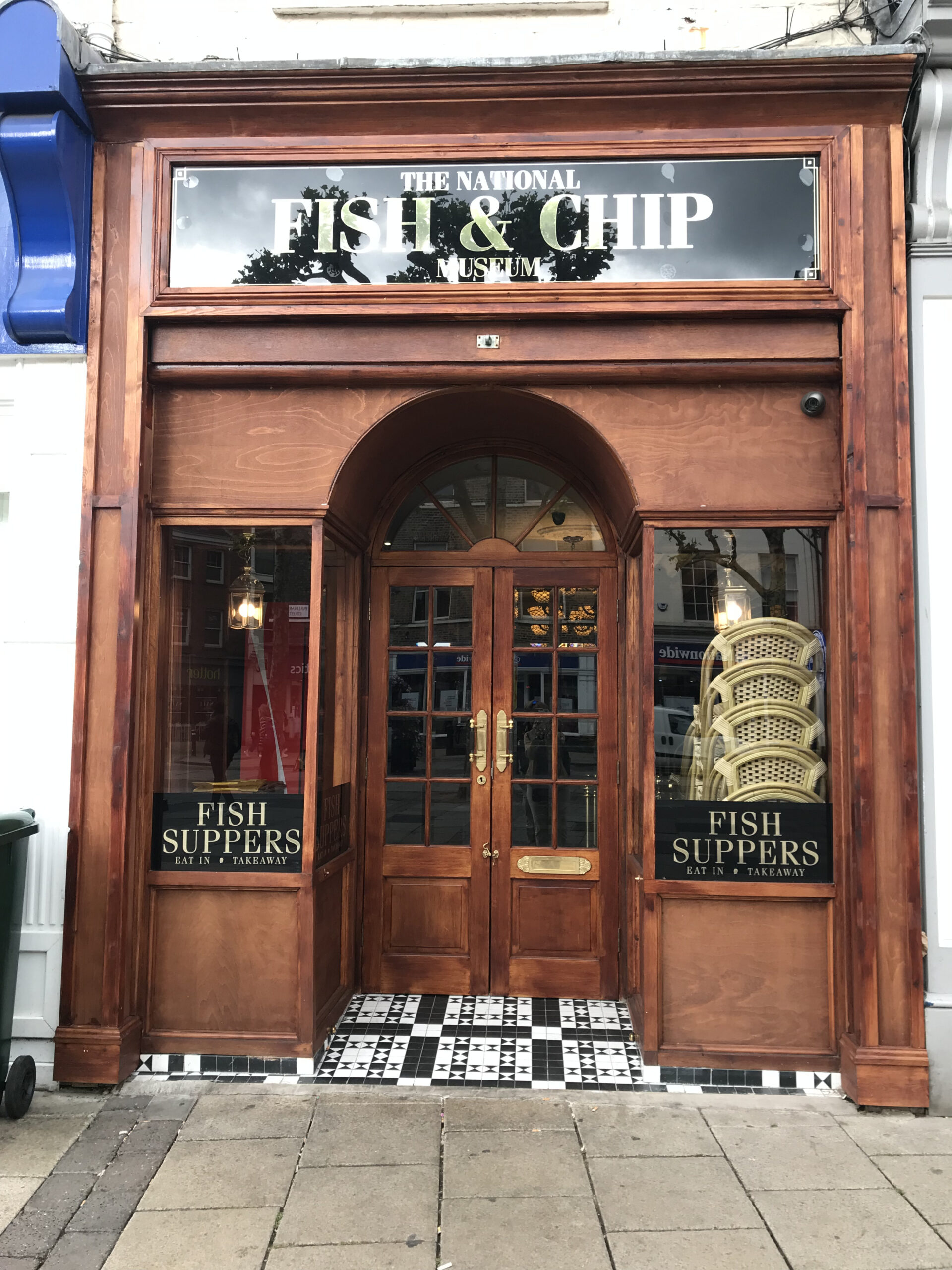
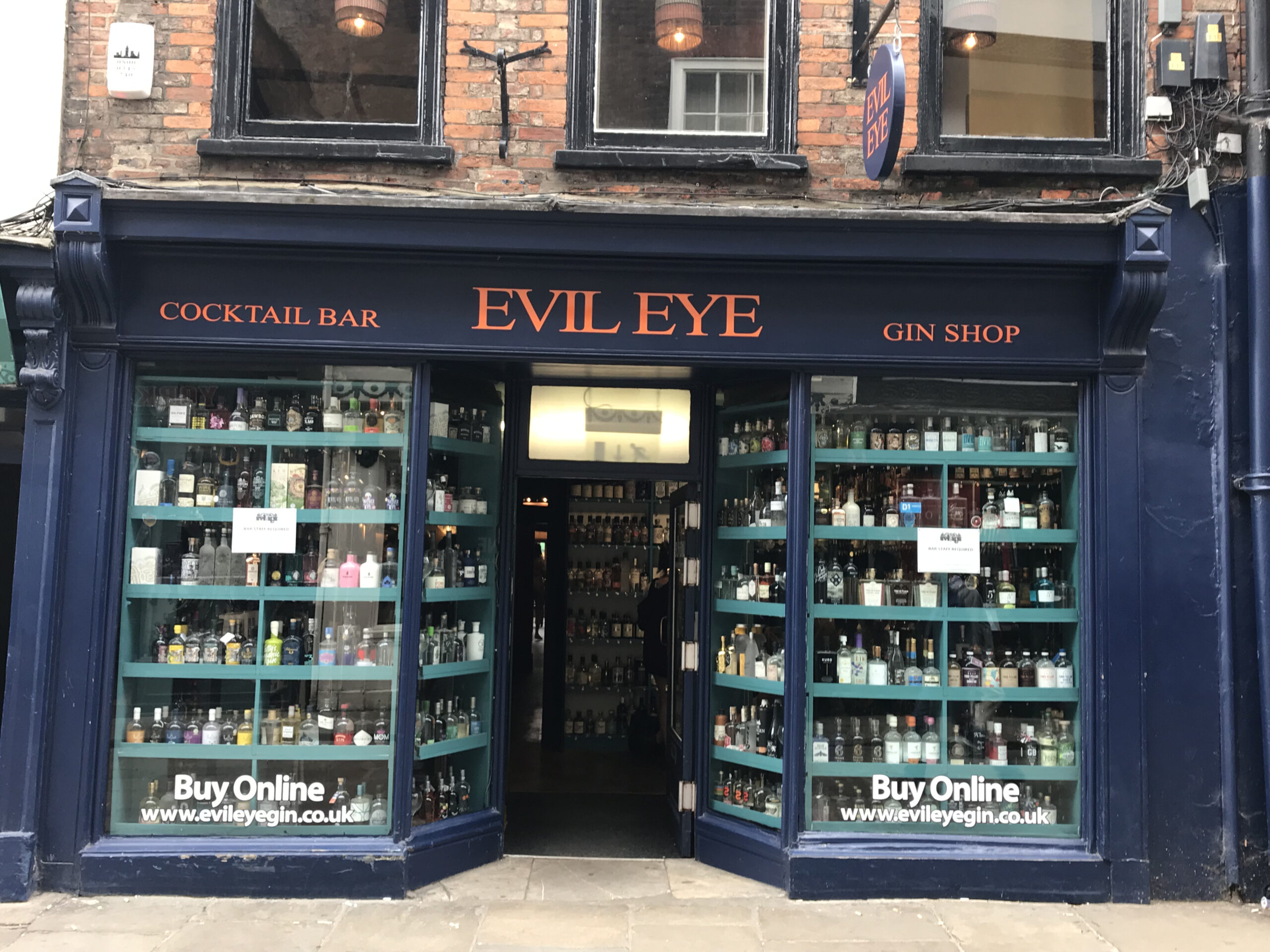
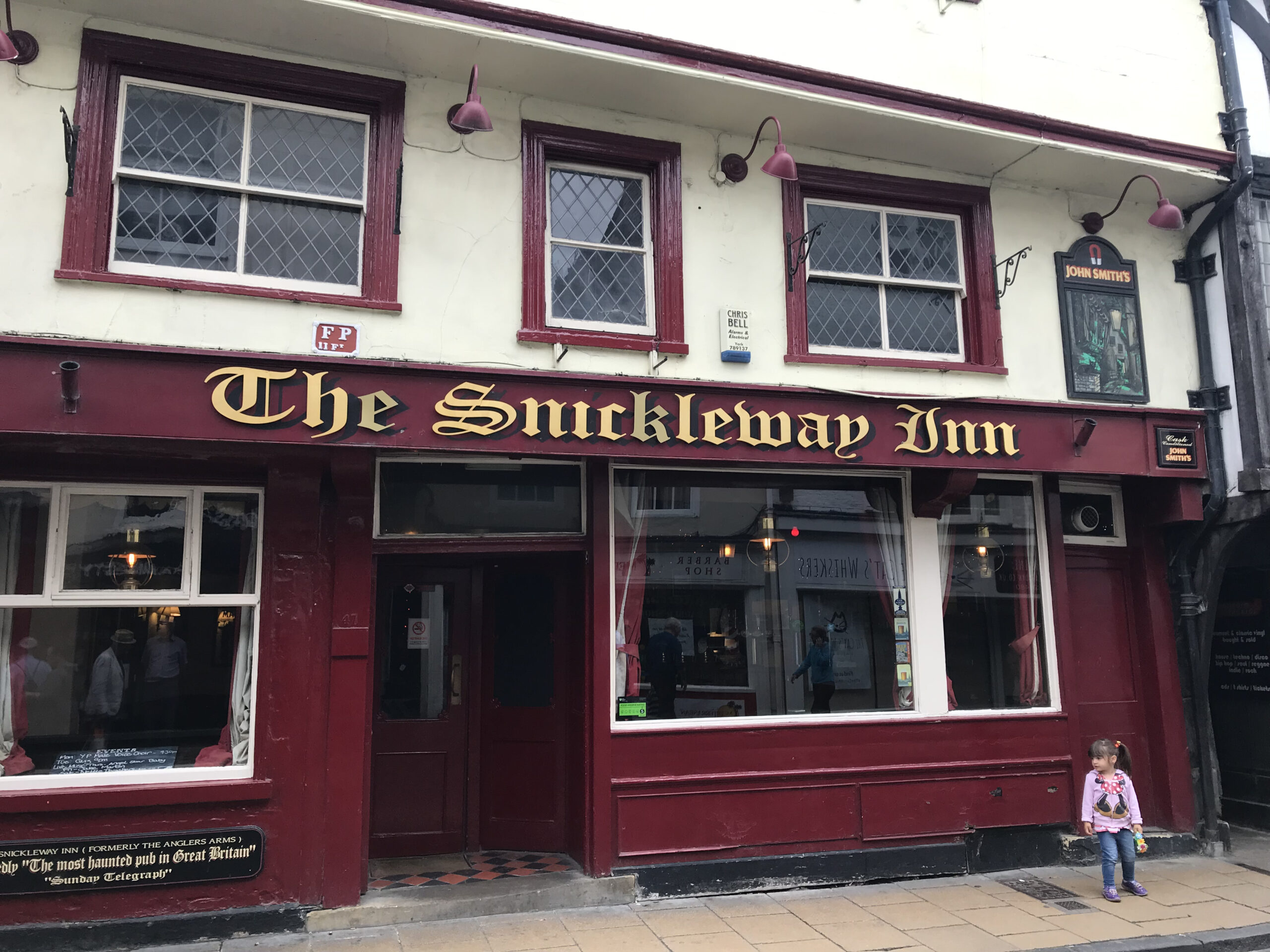
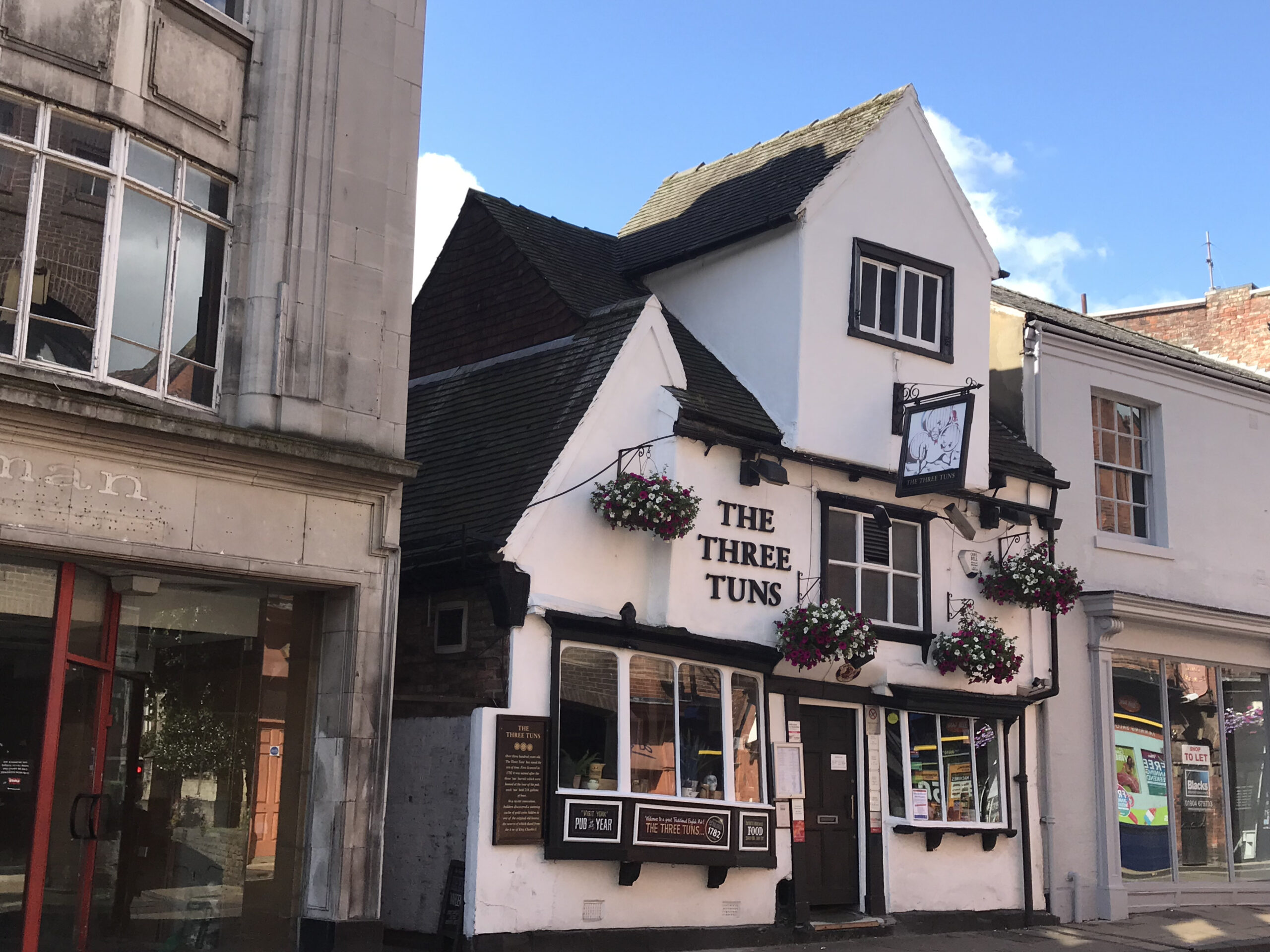
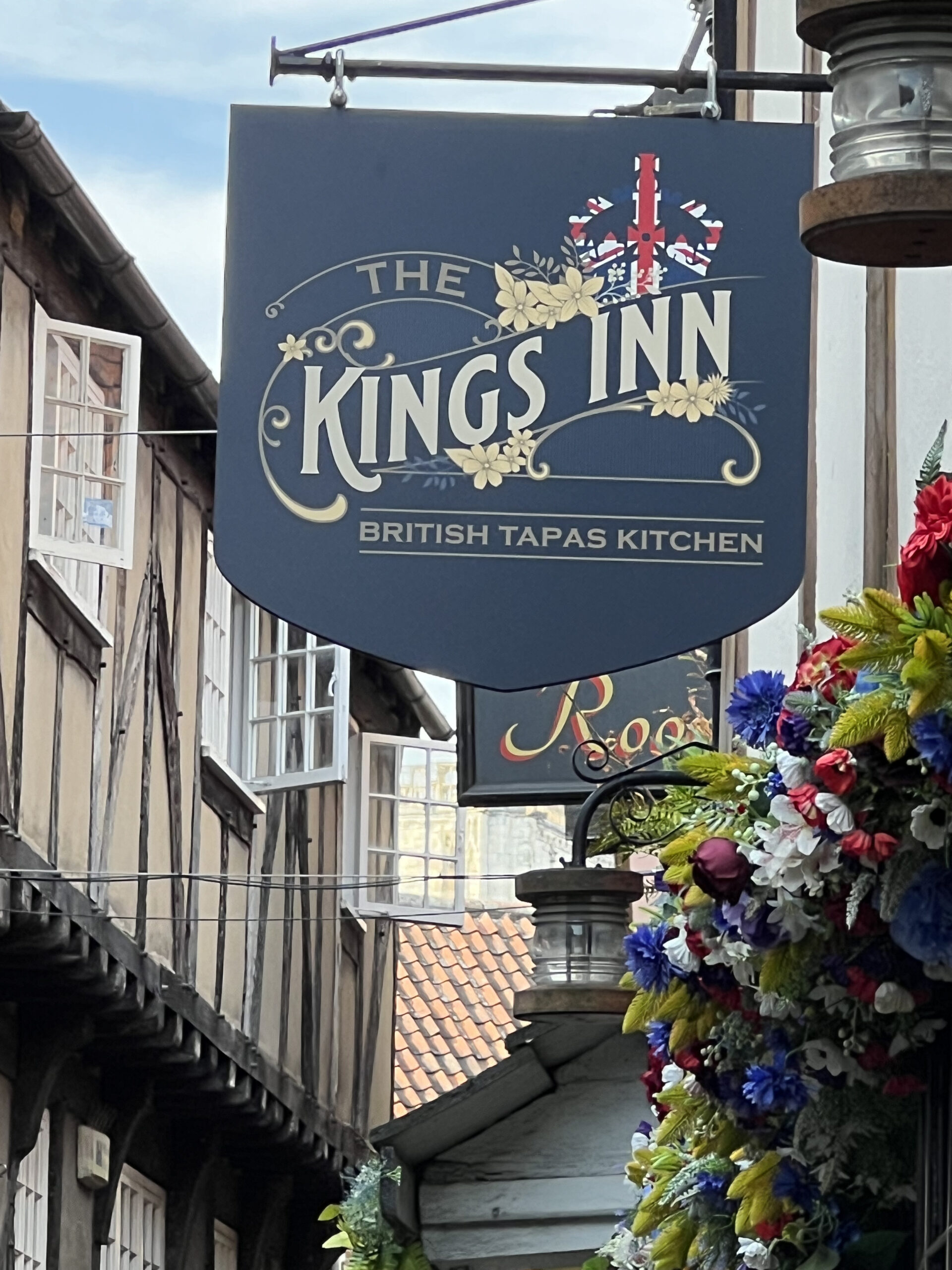
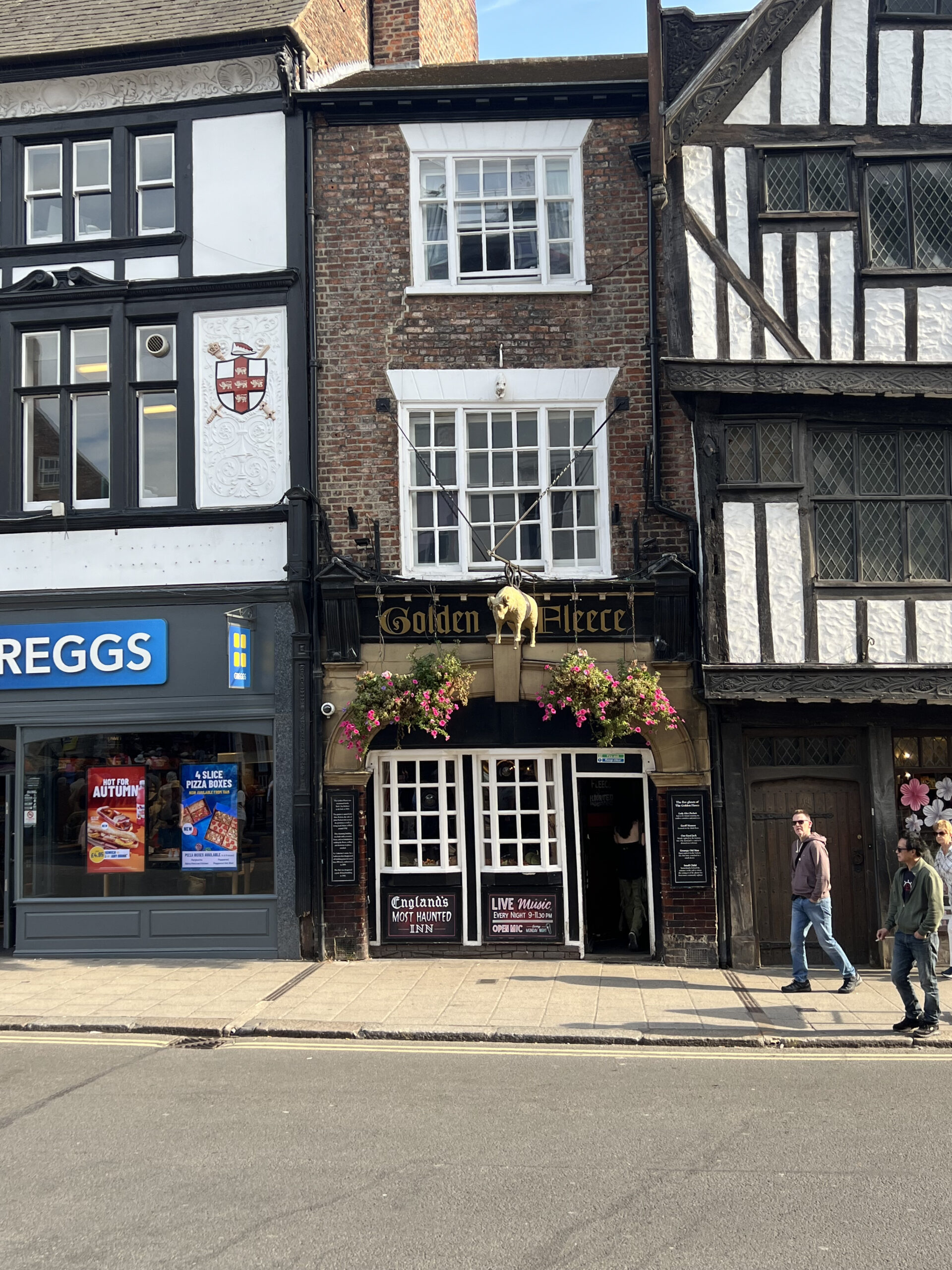
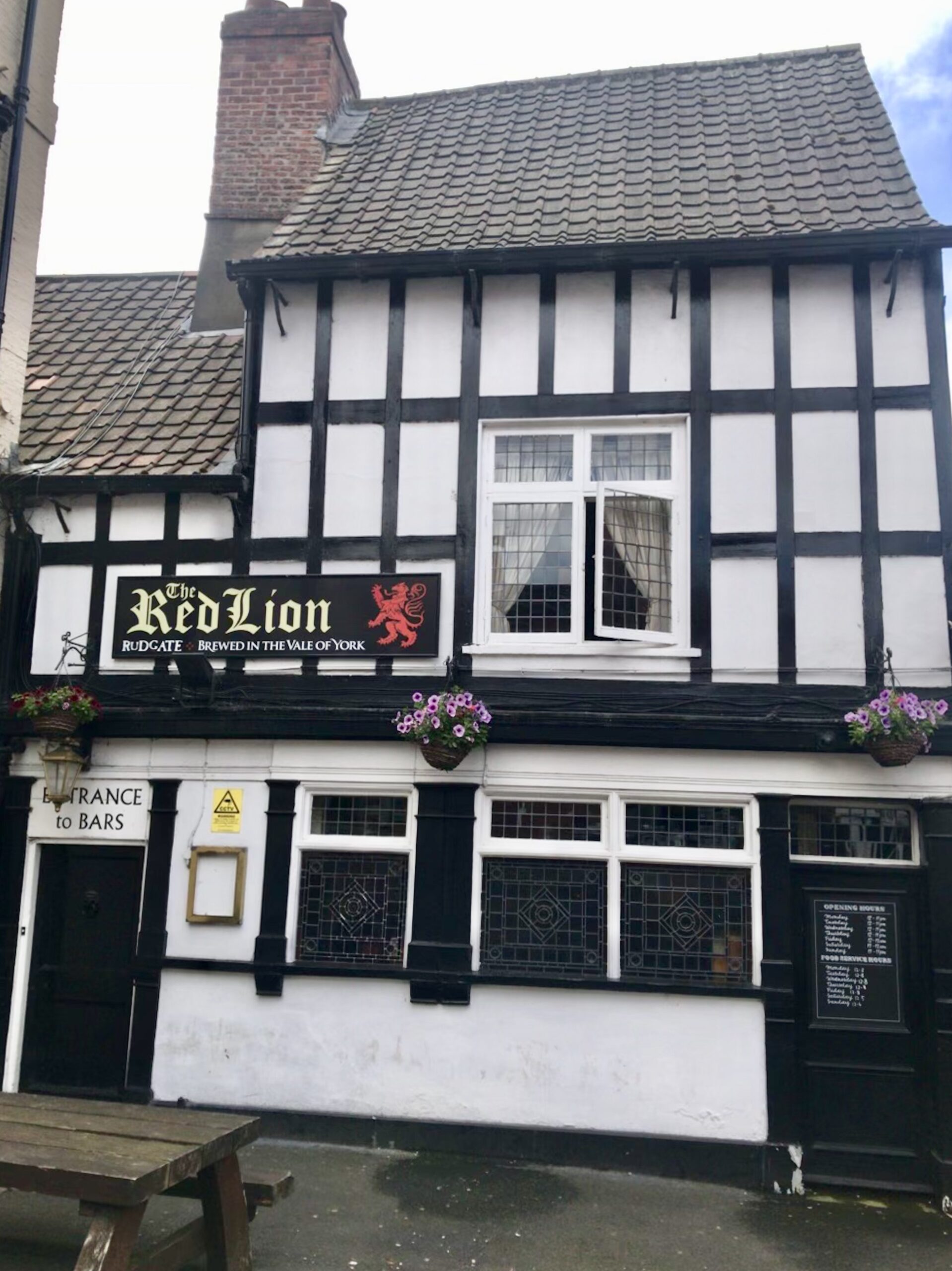
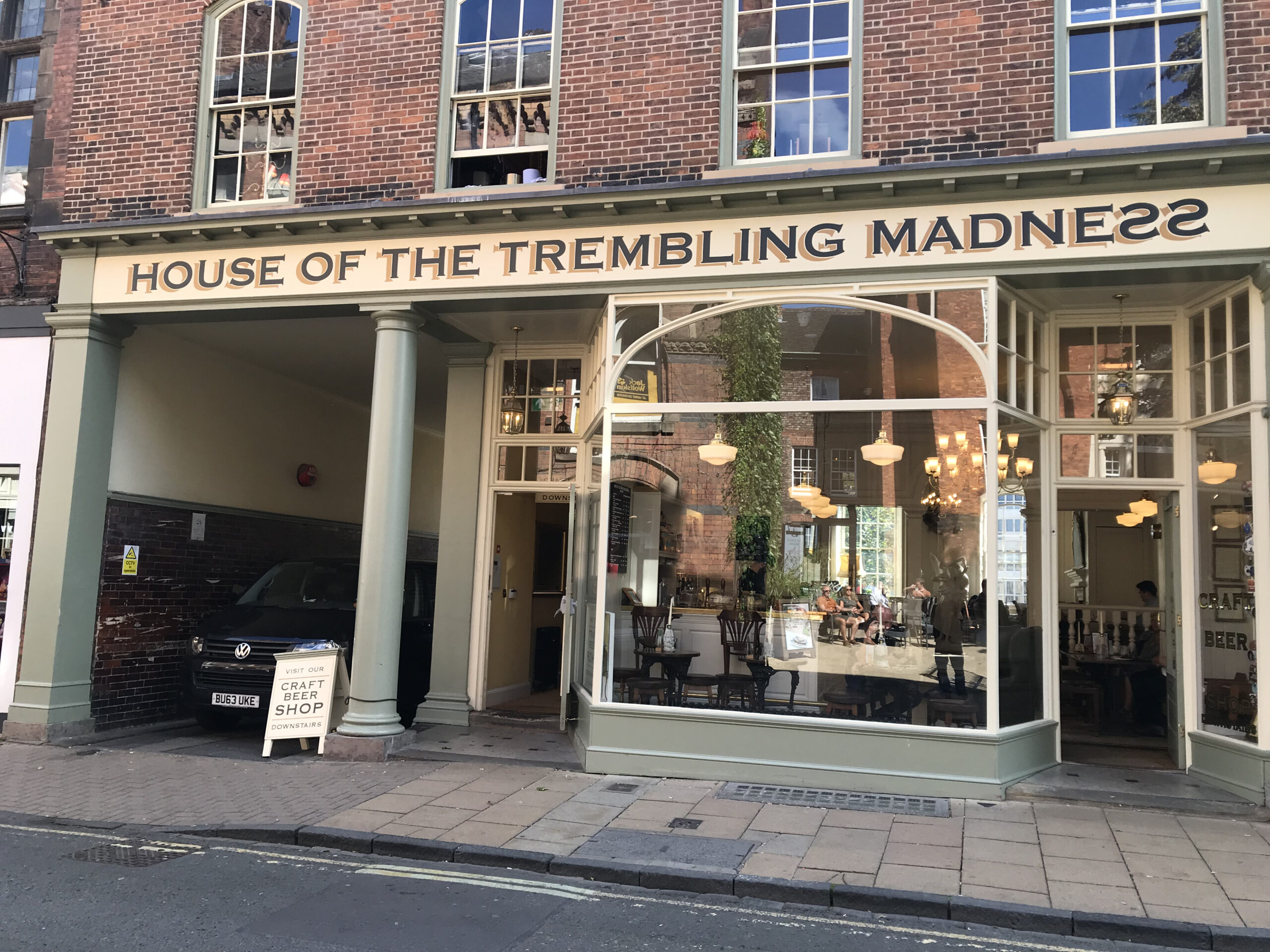
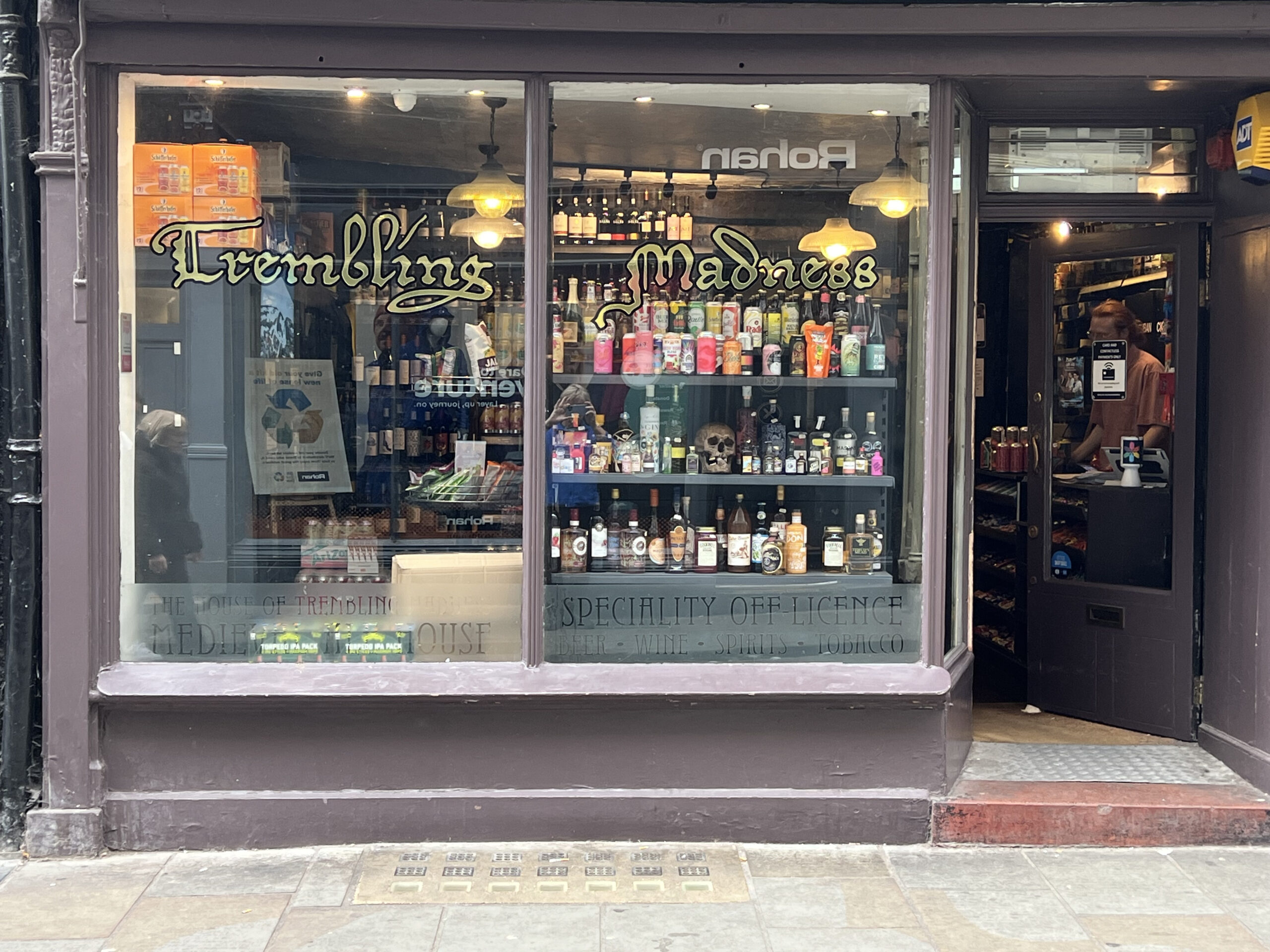
York also has a reputation for being one of the most haunted cities in England, with numerous ghost tours offering a spine-chilling exploration of the city’s darker past. From the haunted corridors of York Minster to the eerie streets of the Shambles, York’s ghost stories are woven into the fabric of its history, adding yet another layer of intrigue to this fascinating city
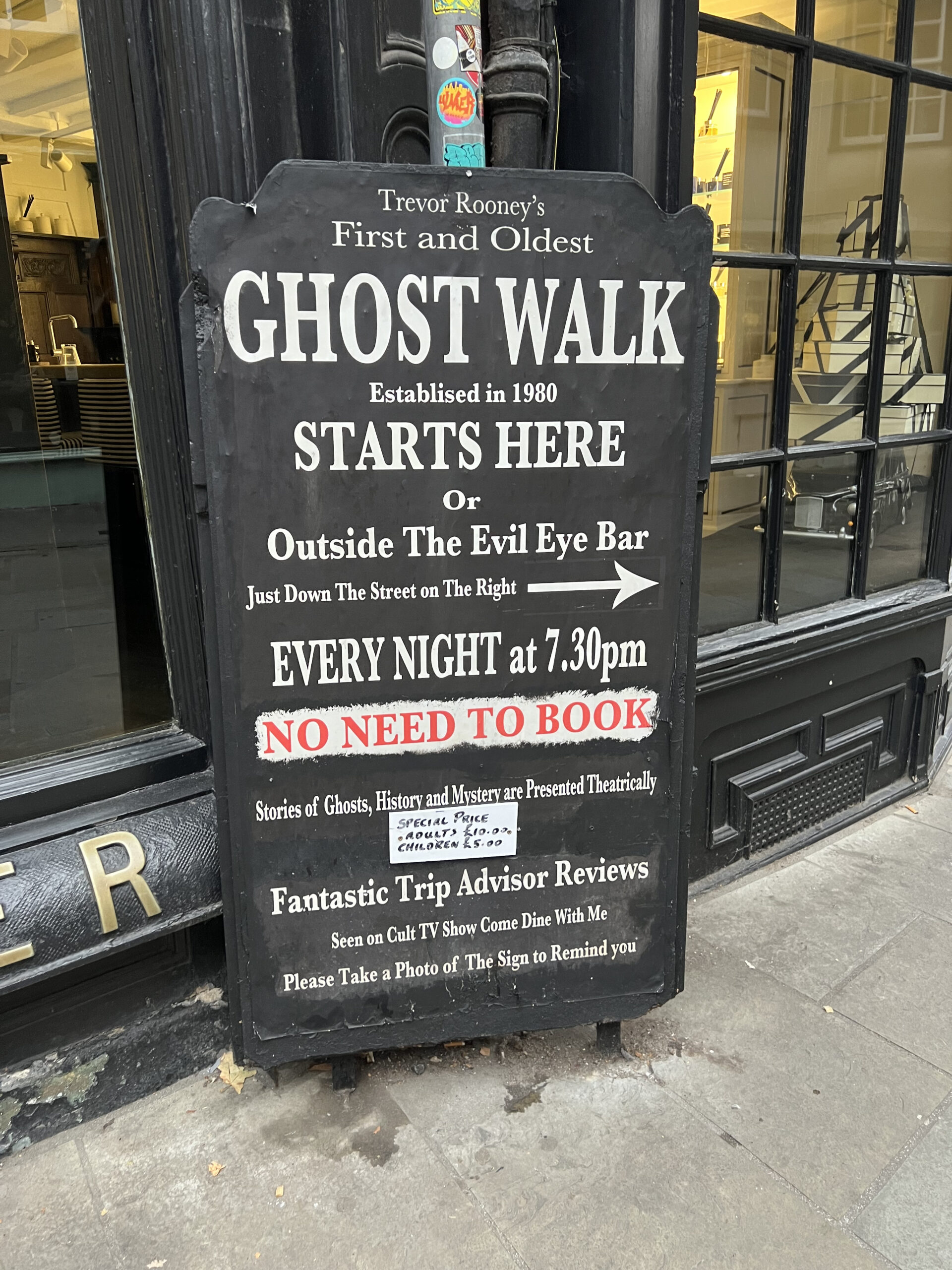
Signs of Many Varieties
I find York to be one of the most informative cities that I have ever visited. Below are some examples of many signs that I saw while walking around the city.

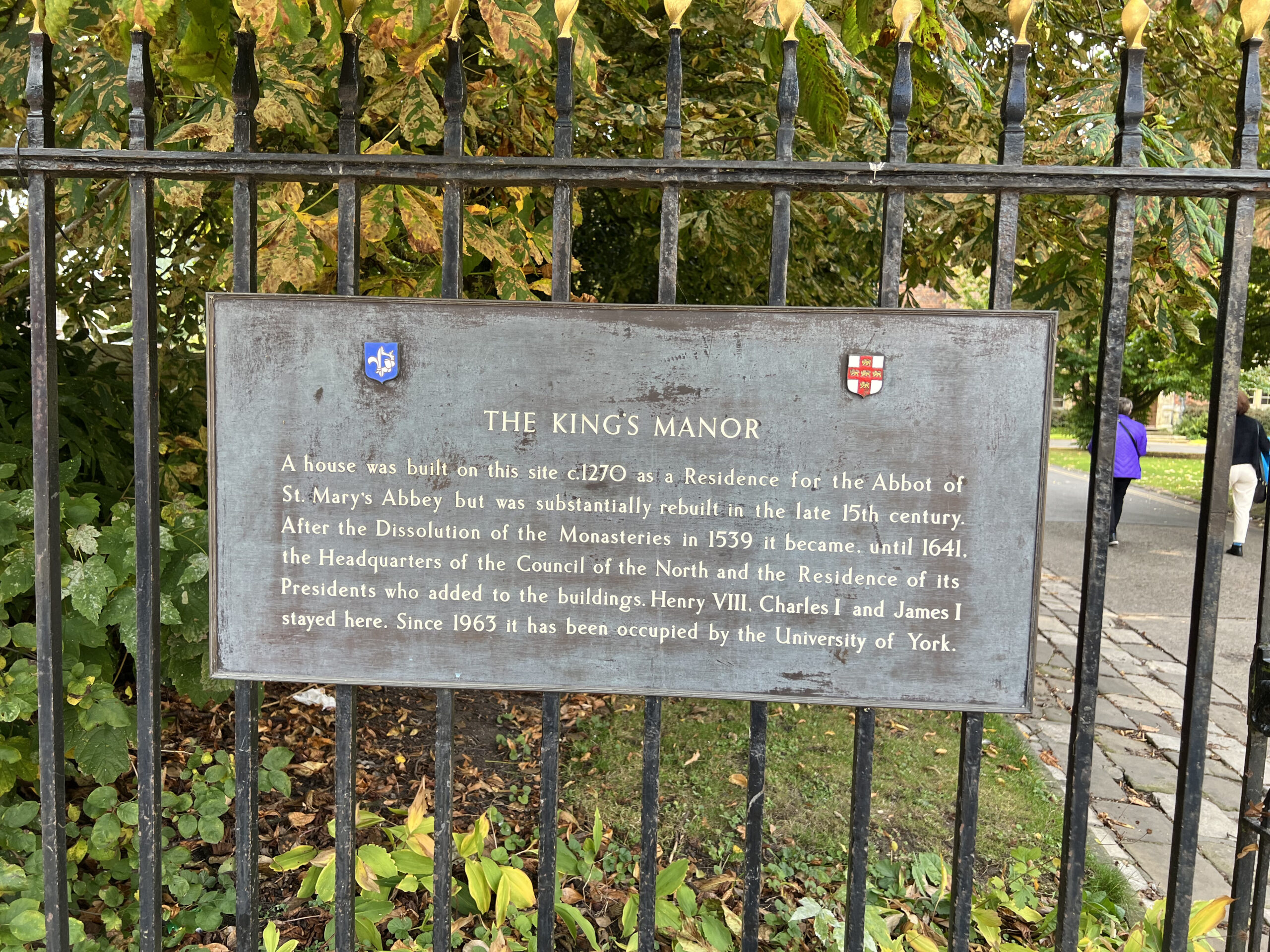
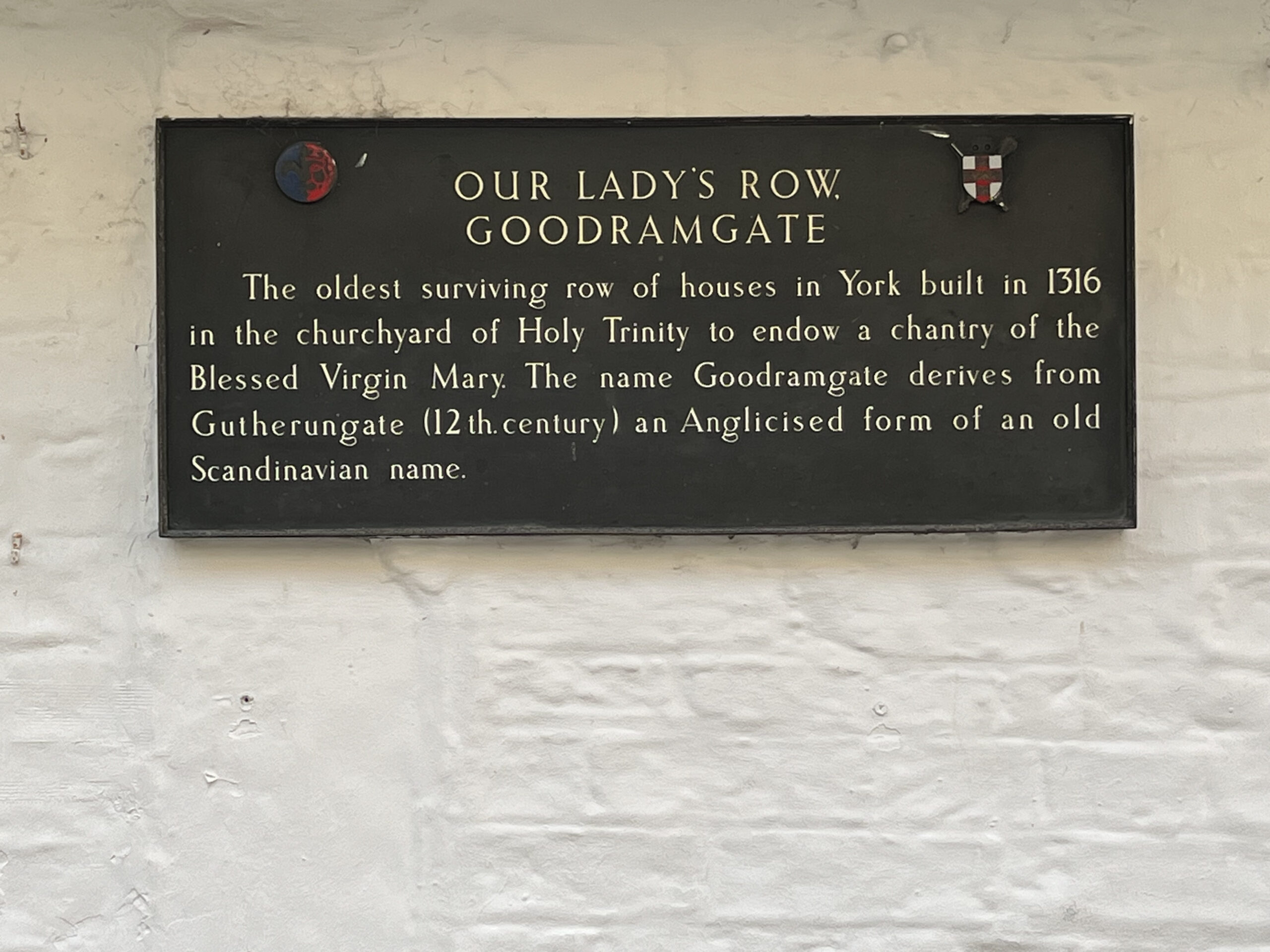
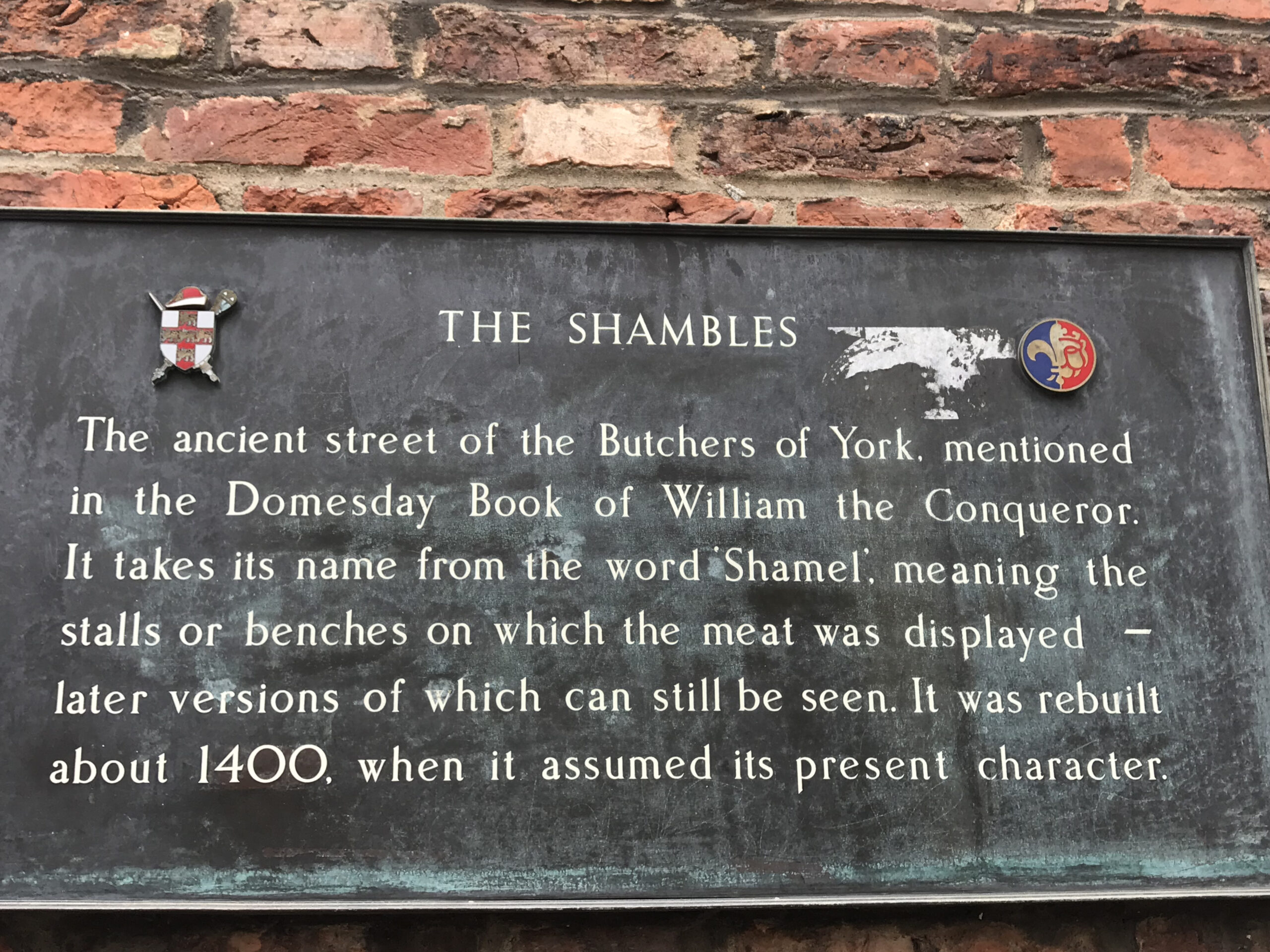

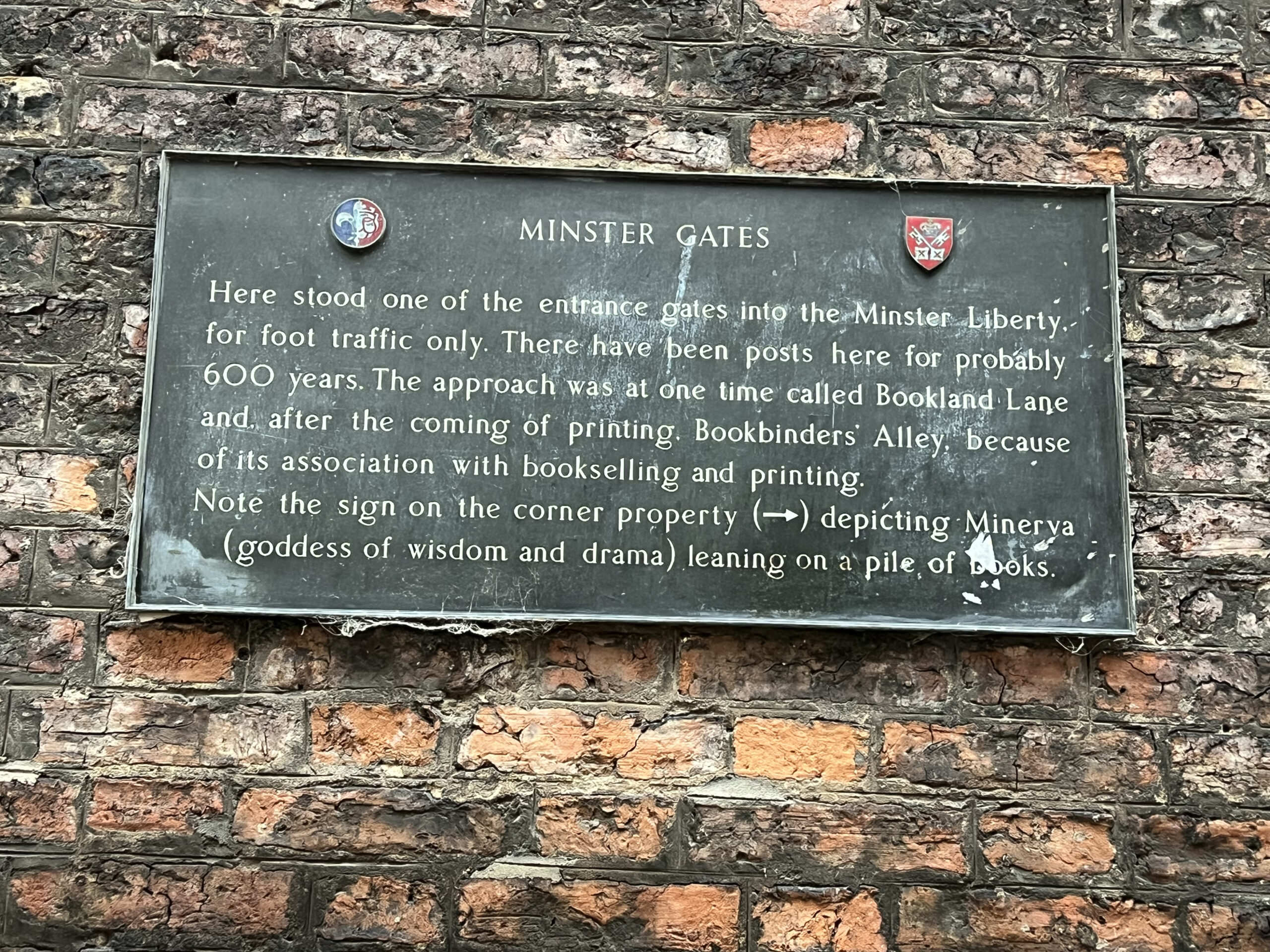
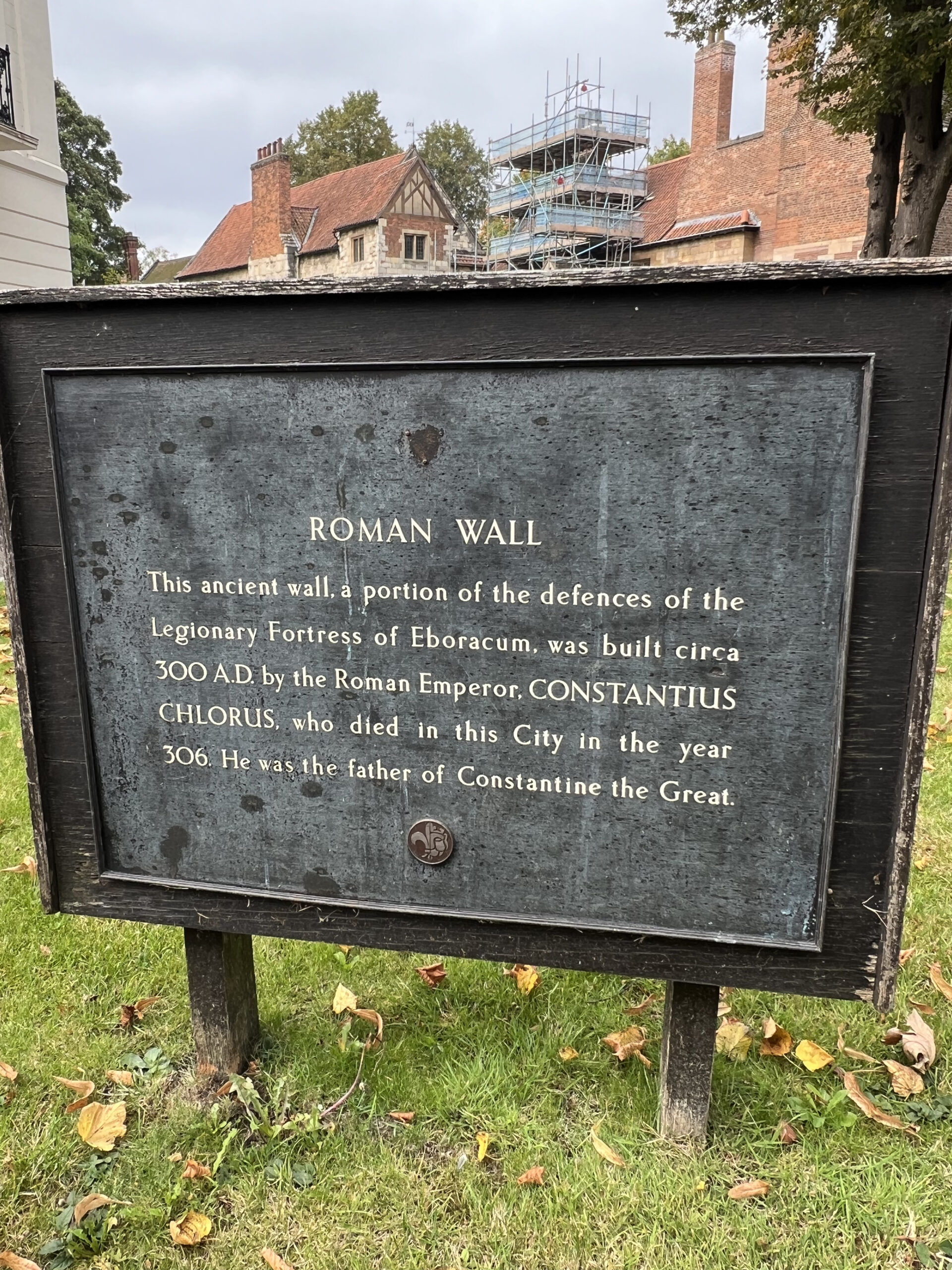
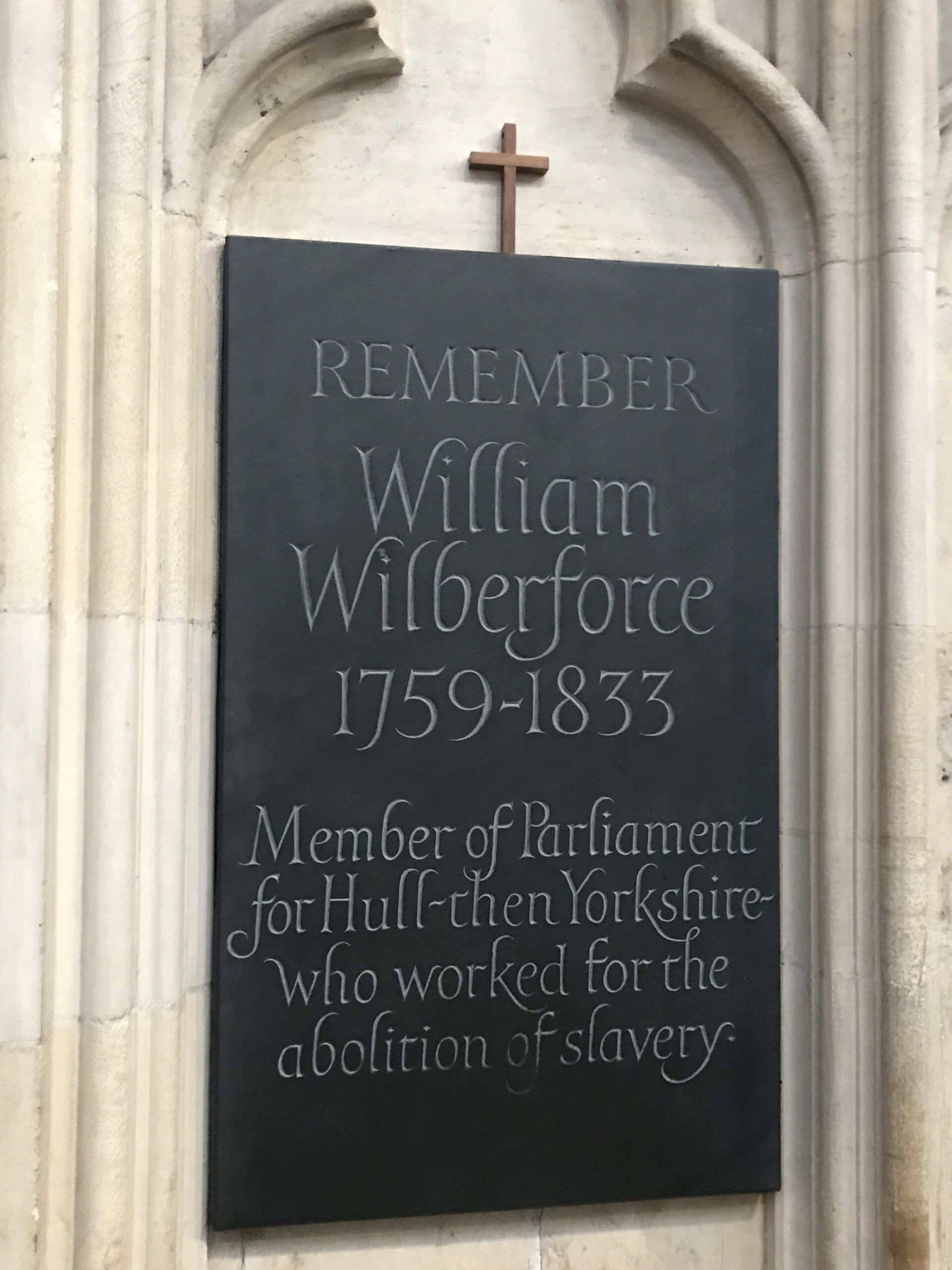
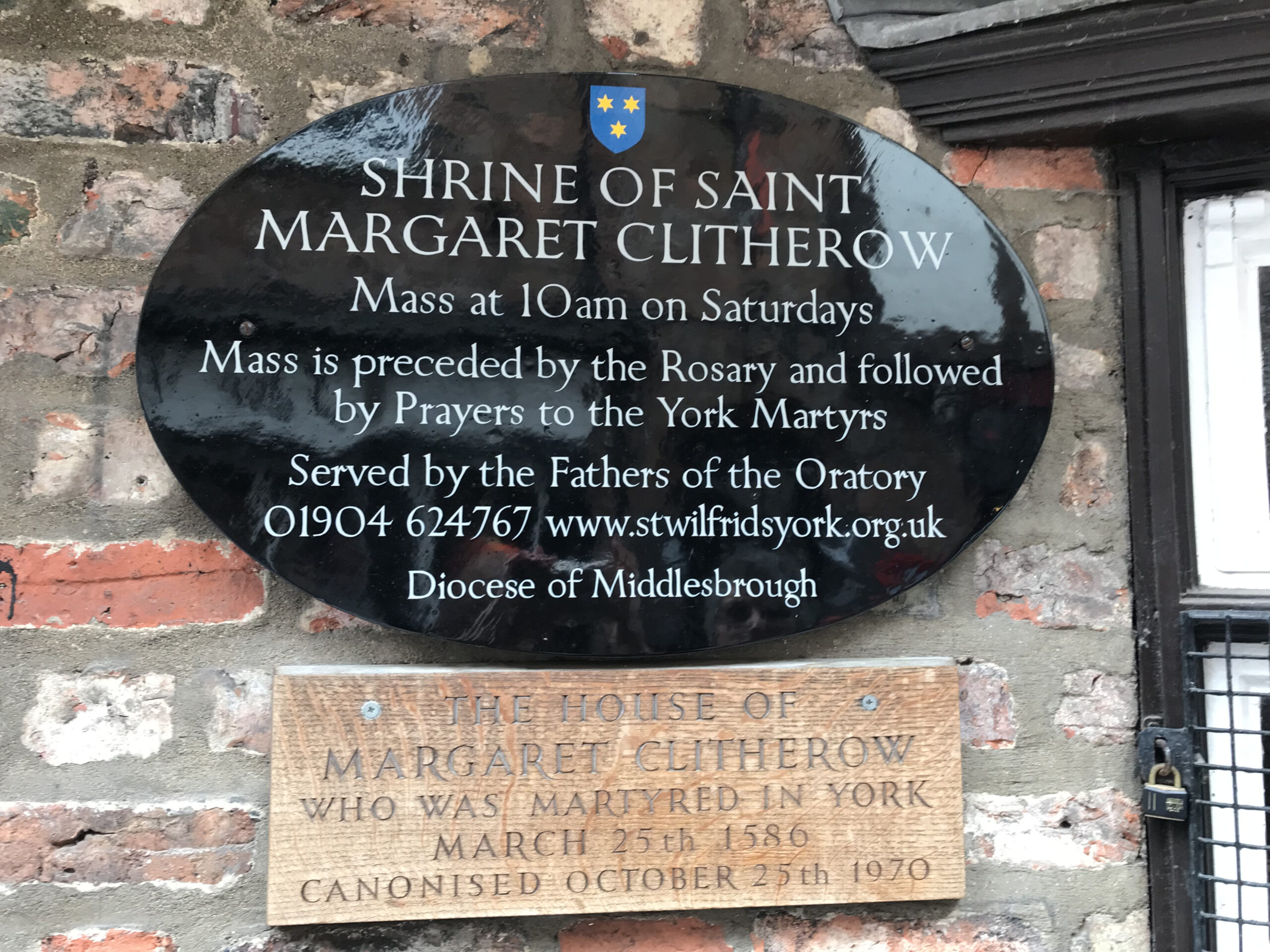
I hope you have enjoyed reading this article. I welcome any comments from my readers and I definitely appreciate any feed back that you can provide me with.
Trivia
York is the third oldest town in England ( Colchester and London are older). The lagest populated city in the USA adopted York’s name with of course an adjective as a prefix. New York’s population is in excess of 8 million whereas York’s population is less that 142 thousand. New York was known as New Amsterdam from 1626 until it came under English control in 1664 and was temporarily renamed New York after King Charles ll granted the lands to his brother, the Duke of York, before being permanantly renamed New York in November 1674.
Just think if the Dutch had kept control of New York, the “Big Apple” may have been named “The Big Orange” because of the dutch’s affinity for orange.
Credits
Below are the sources of my information:

